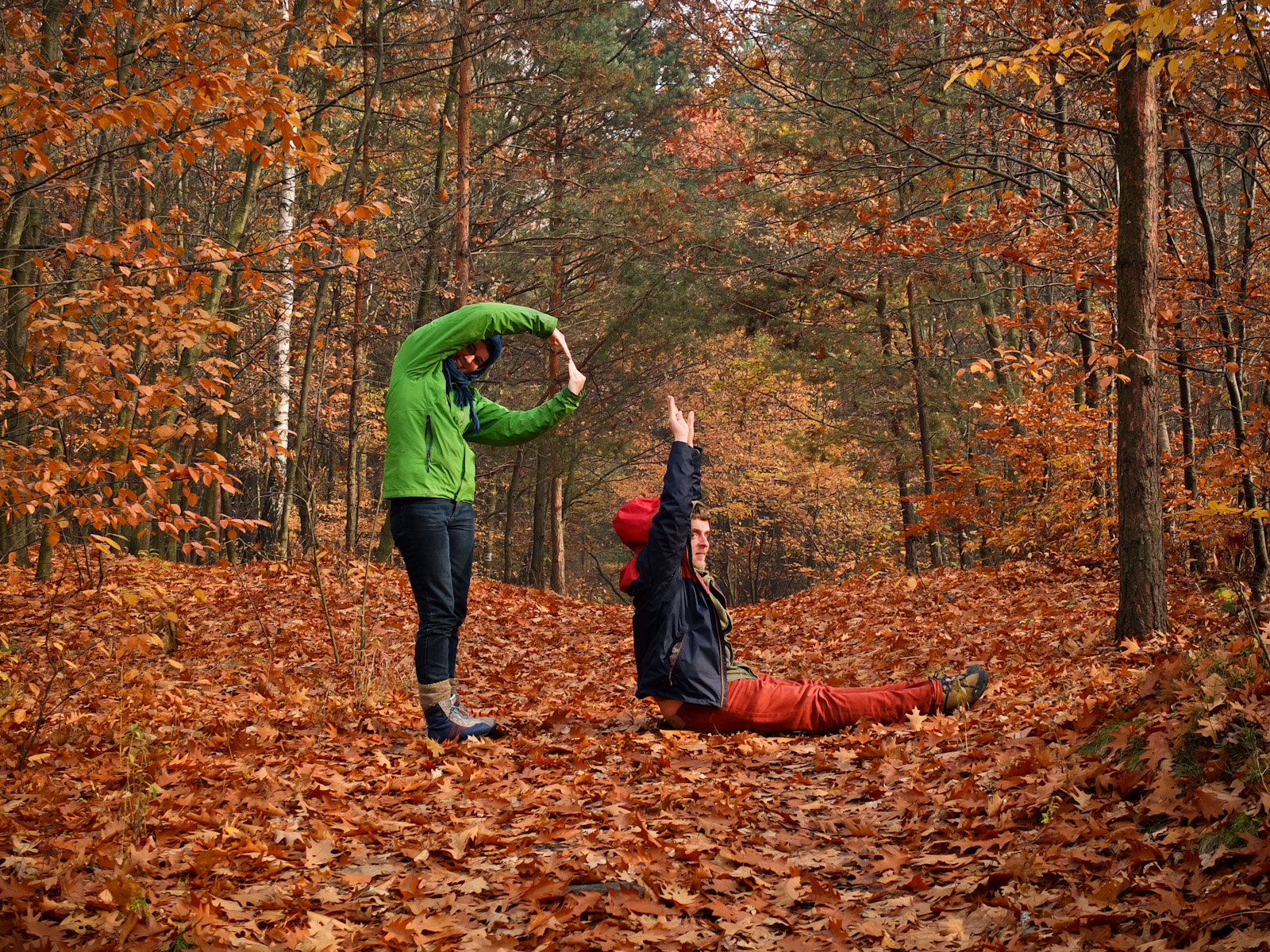
Laos photostory
We entered Laos (in the middle of July) accompanied by Wendy’s dad Greg, who joined us for a week, rediscovering the backpackers trails of the 70’s. Laos welcomed us in a completely different style – it appeared the whole country, however small, poor and undeveloped, is covered with a network of tourism industry. This, mostly being eco-tourism, has created a barrier between us – visitors and the real life of Laos. Barrier in the form of money, the one thing we believe divides people the most. Barrier high but not uncrossable.
North-west Laos
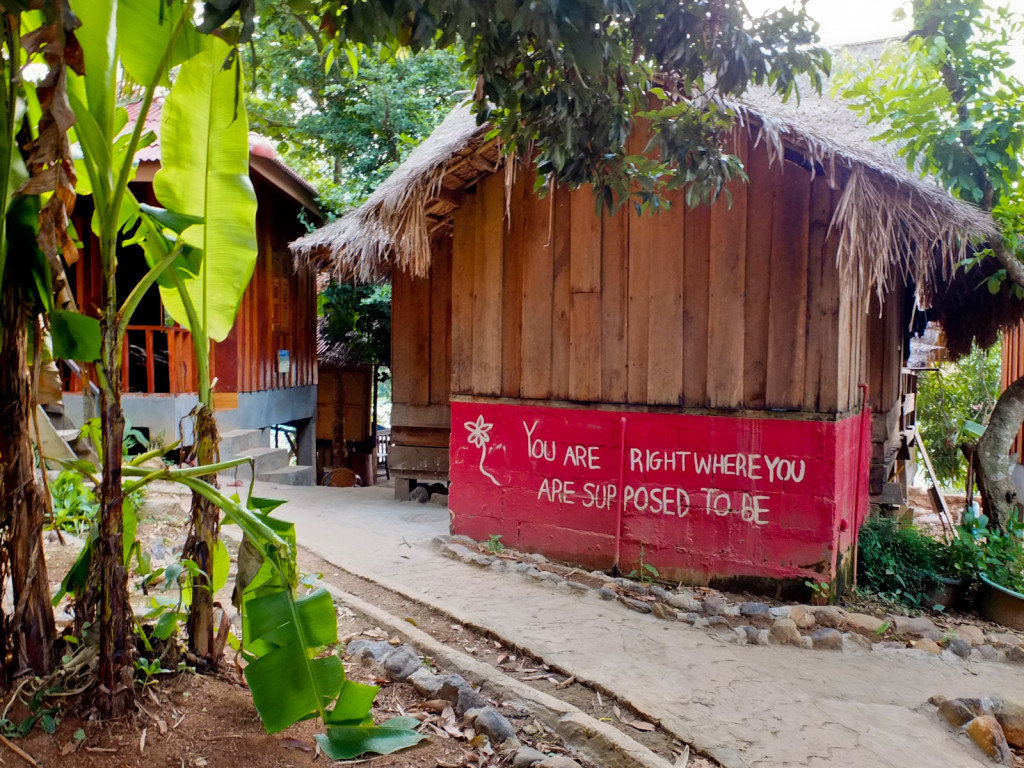
In Huay Xai we came across Daauw Home, a social enterprise empowering Hmong people and providing accommodation much better than town’s hostels. For the same price.
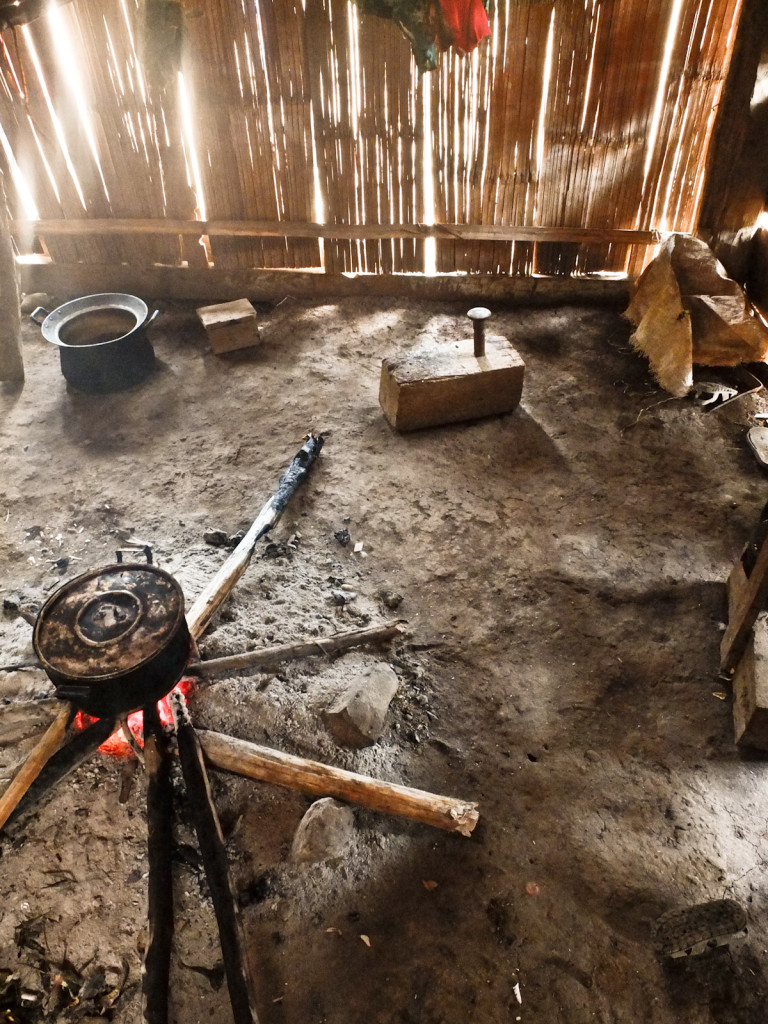
We also had a chance to visit a real Hmong village. It was non-touristic, what was important for us as we were sure the people weren’t exploited by tourist companies (on the other hand tourism does bring income to Laos tribal villages so the issue is complicated).
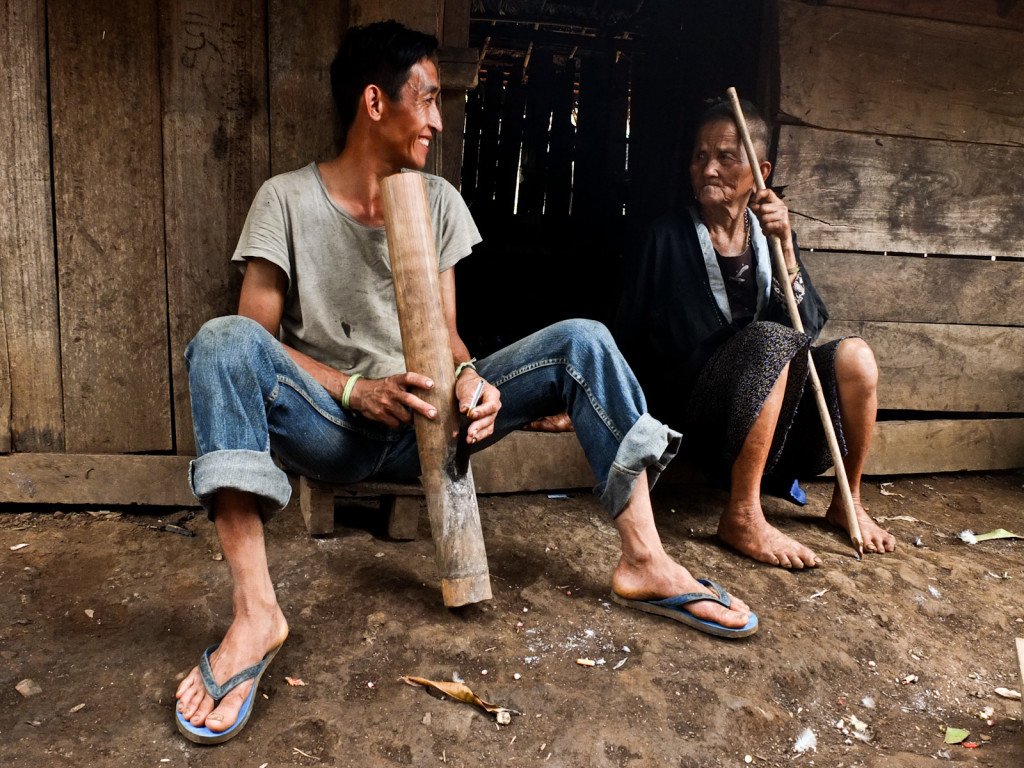
Hmong people are one of the countless tribes of Laos. For those interested – the man on the picture isn’t smoking anything dodgy, it’s just a cigarette pipe popular in Laos and southern China.
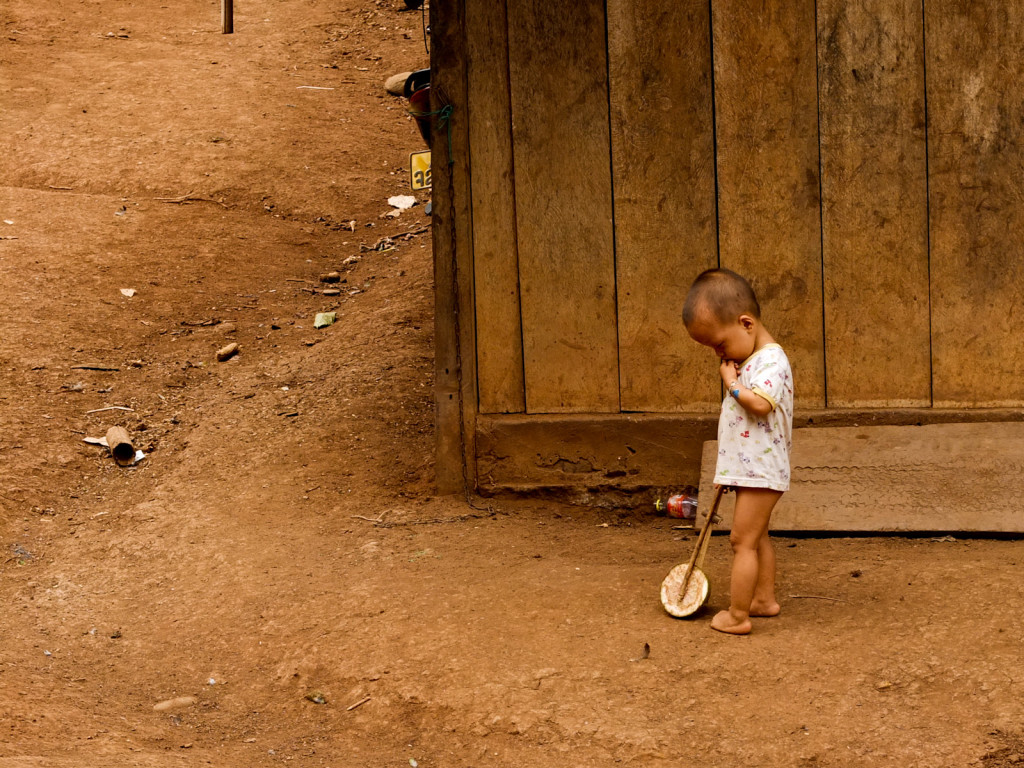
Hmong people, as many other tribal nations, have limited access to education and other services. The life in their villages is still as traditional as it gets.
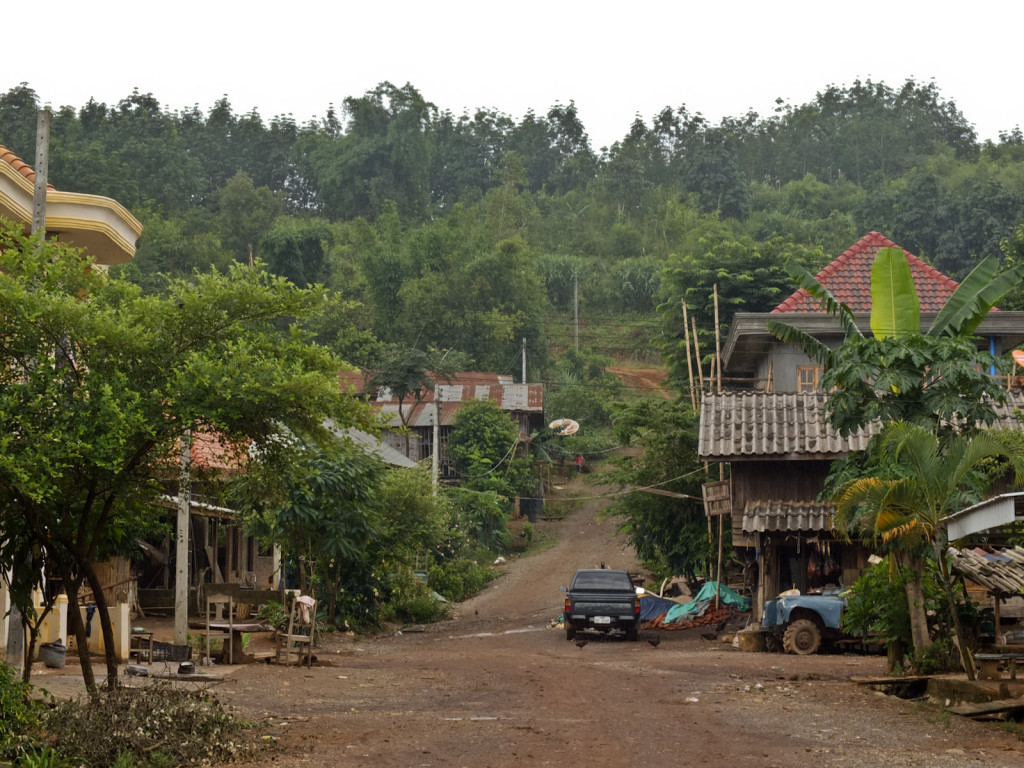
Trying to avoid tourist trail we skipped the backpacker “Marijuana Boat” to Luang Prabang, trying to find a boat that would take us to Xieng Kok, infamous for being a heroin smuggling hub. That proved to be near to impossible, we ended up spending a night in Vieng Phoukha, where all the tourist information offices were closed.
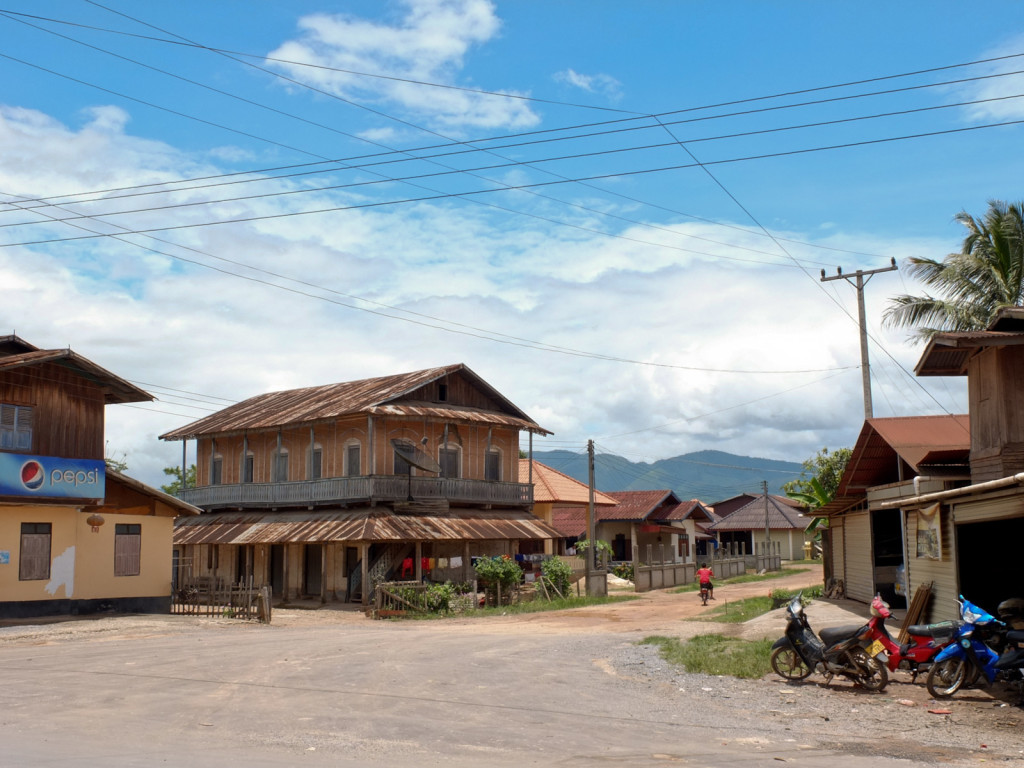
In the end, we made our way to Muang Sing, a perfect example of an idyllic shithole – what Drop likes the most.
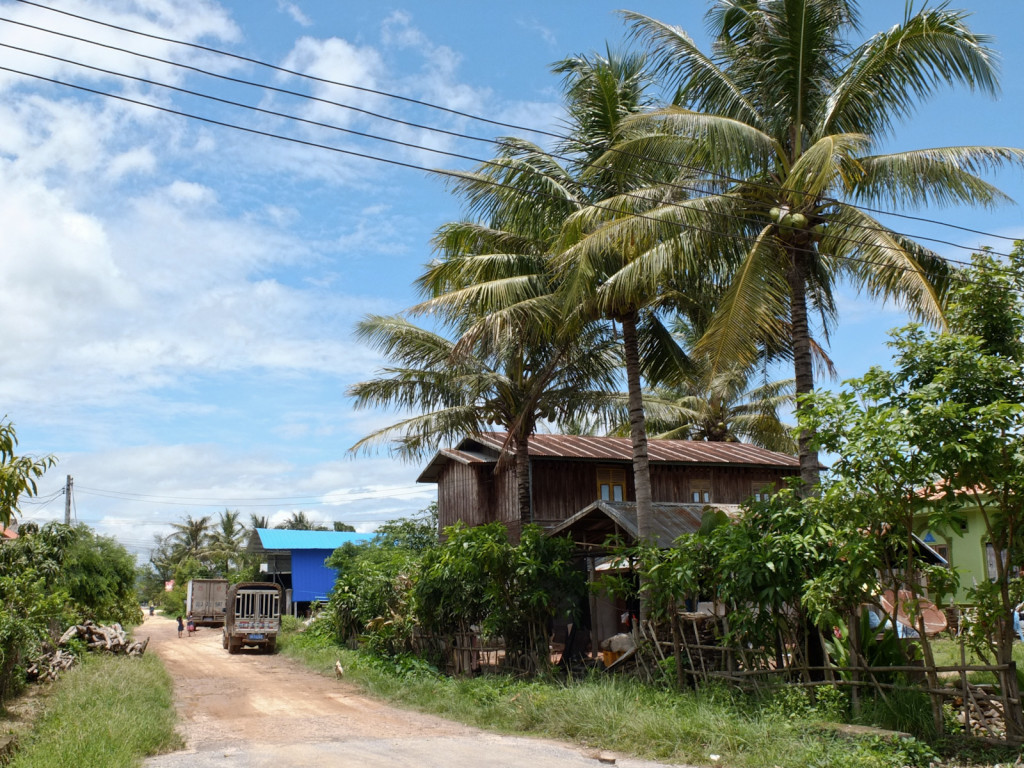
Unfortunately, we only had a few hours to spend in this nice, atmospheric town surrounded by rice fields and mountains.

The jungles around Muang Sing still host wild elephants and tribes leading lives completely untouched by civilisation.
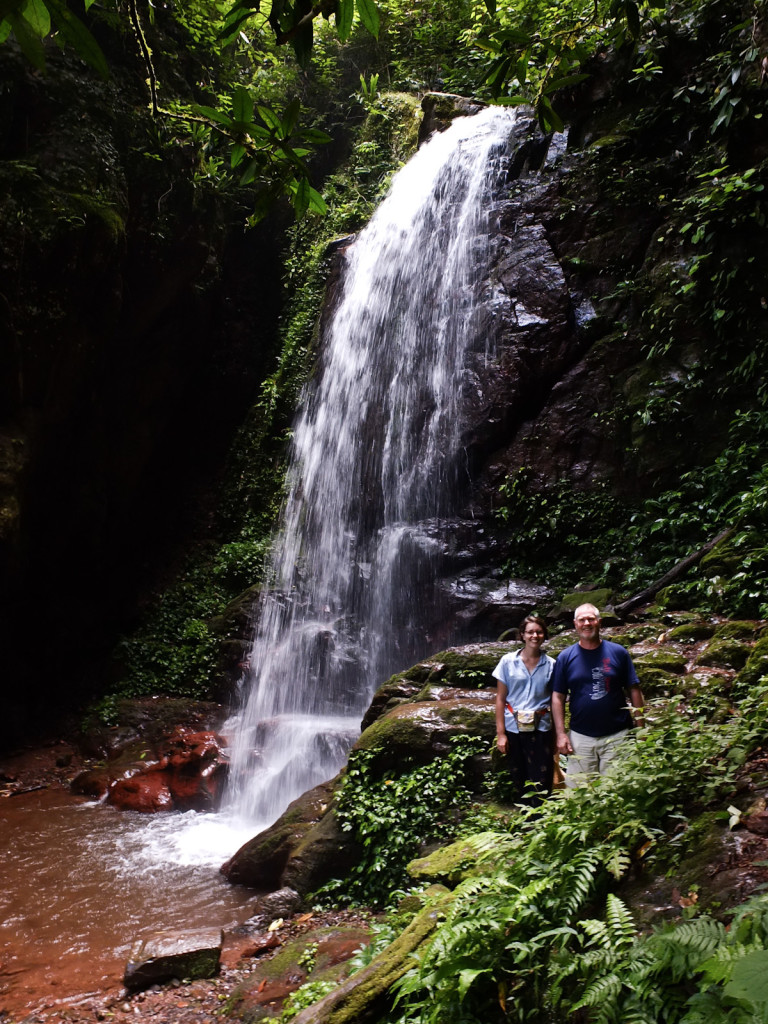
It also hosts nice waterfalls like this one. Long story short, one day when we have a little money we’ll get back there, find an eco-tourism company that doesn’t harm local people and nature and go trekking for a few days.
Travelling east

Despite major roads development projects, travelling in Laos still requires a lot of patience (here, the country’s main road).

Finally off the secondary tourist trail, we arrived at the empty Muang La. In Laos, the tranquillity of village life is interrupted only by trucks raging through the narrow streets from time to time.
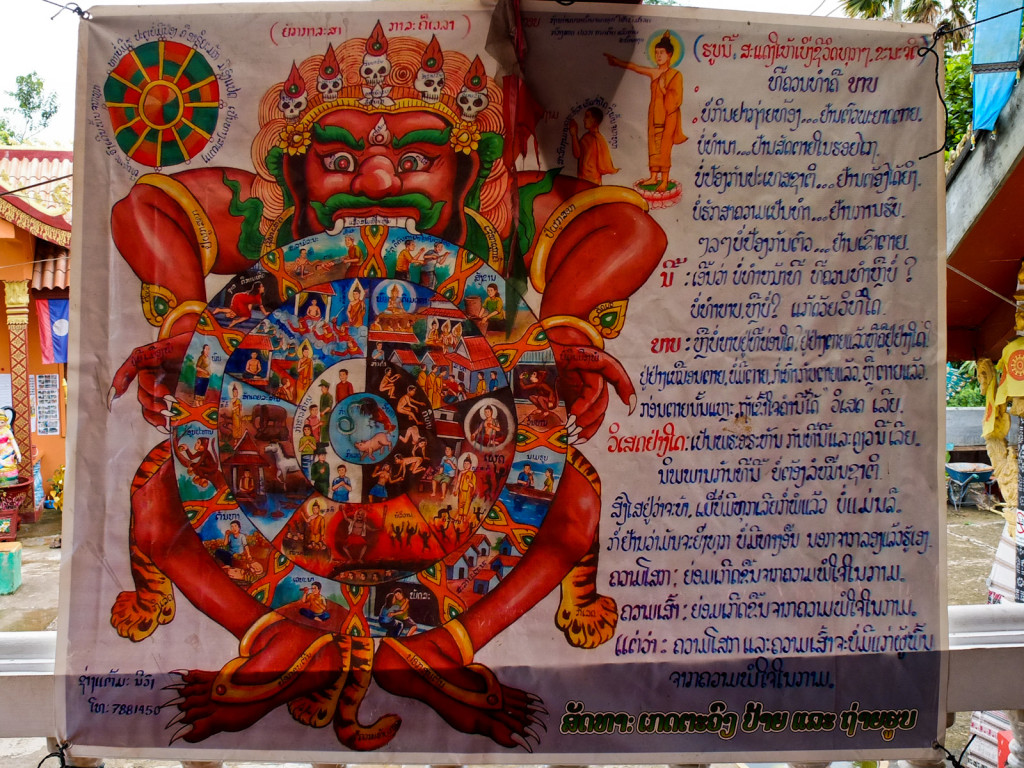
Muang La’s Buddhist temple. If you have a close look, you’ll see communist soldiers (on the good side). Laos is probably the only country that ever mixed Marxism-Leninism with religion. And the latter pays the system back.
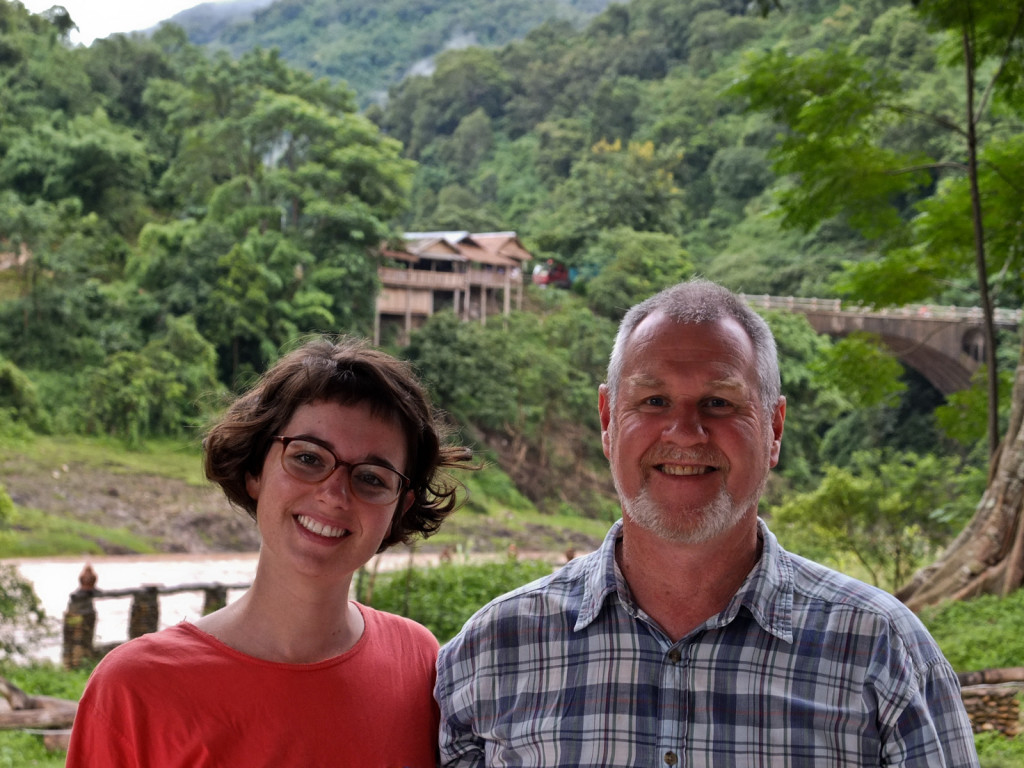
At some point the time came for Greg to go to Luang Prabang to fly back home and for us to continue East.
Muang Khua
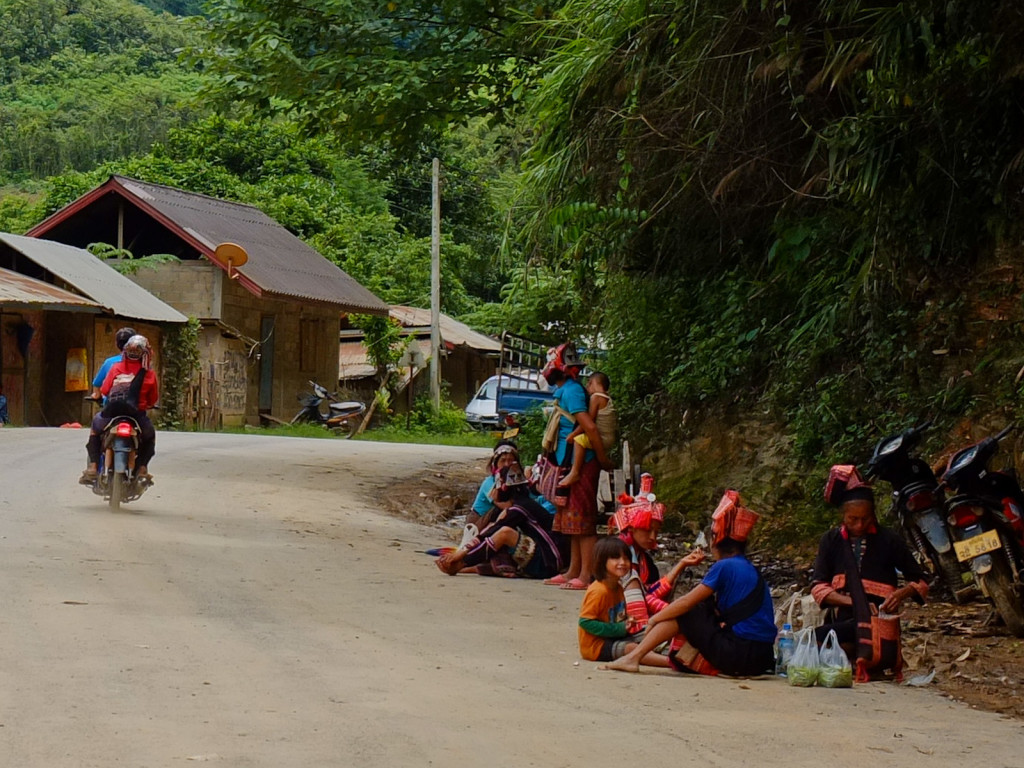
Women of the Akha tribe of amazing dresses and traditions sitting at cross roads, trying to sell their handicrafts to tourists and other people passing by.
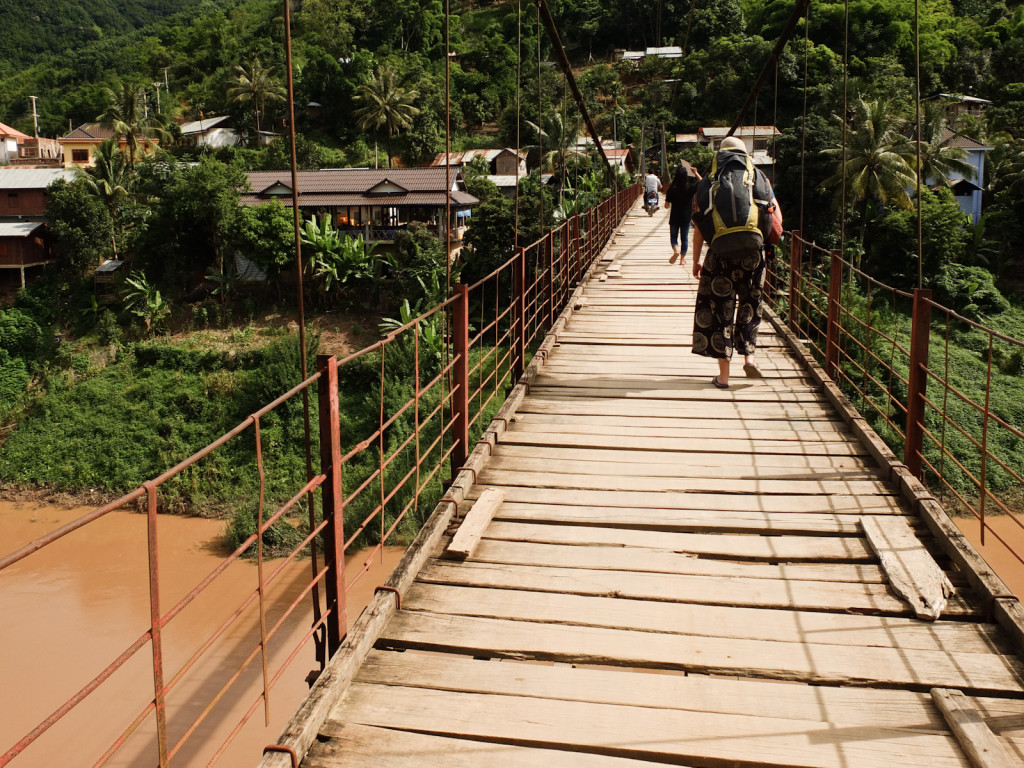
In Laos most guesthouses charge 8 euros for stuffy, sometimes mouldy rooms with TVs and mattresses wrapped in plastic. Muang Khua is one of the places where you can still find nice, comfy, airy wooden bungalows for 5 euros. You’ve got to dare to cross the hanging bridge though.
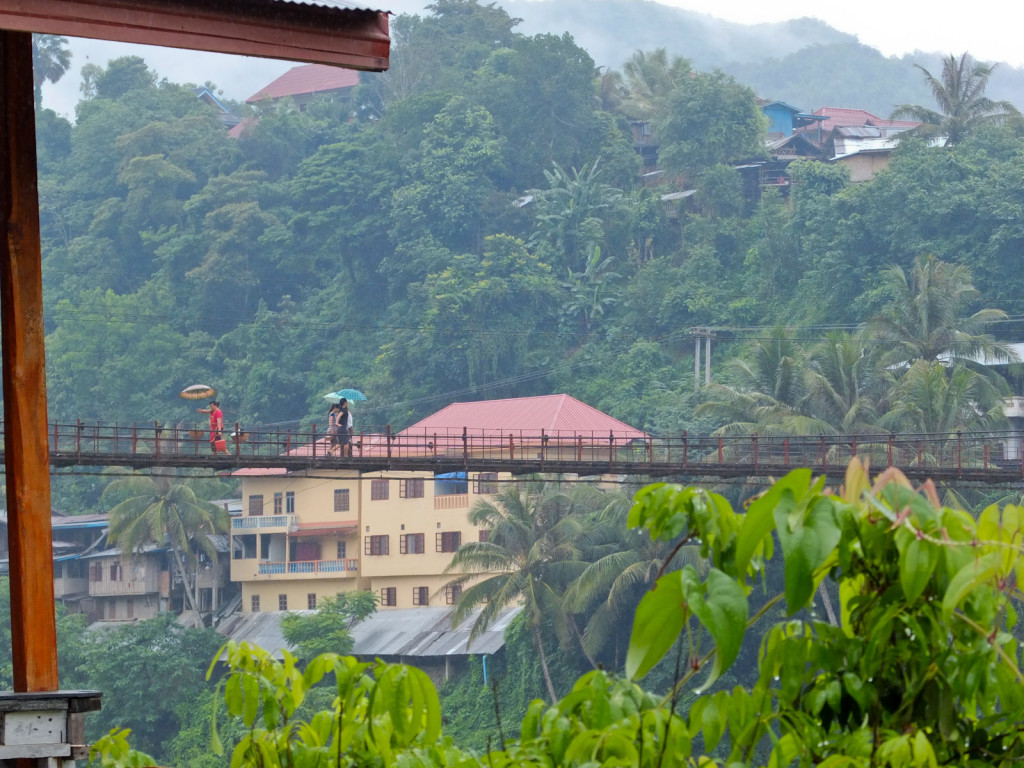
I had a dream that I woke up to take pictures of orange-clad monks crossing the bridge at sunrise to collect alms. Maybe another time.
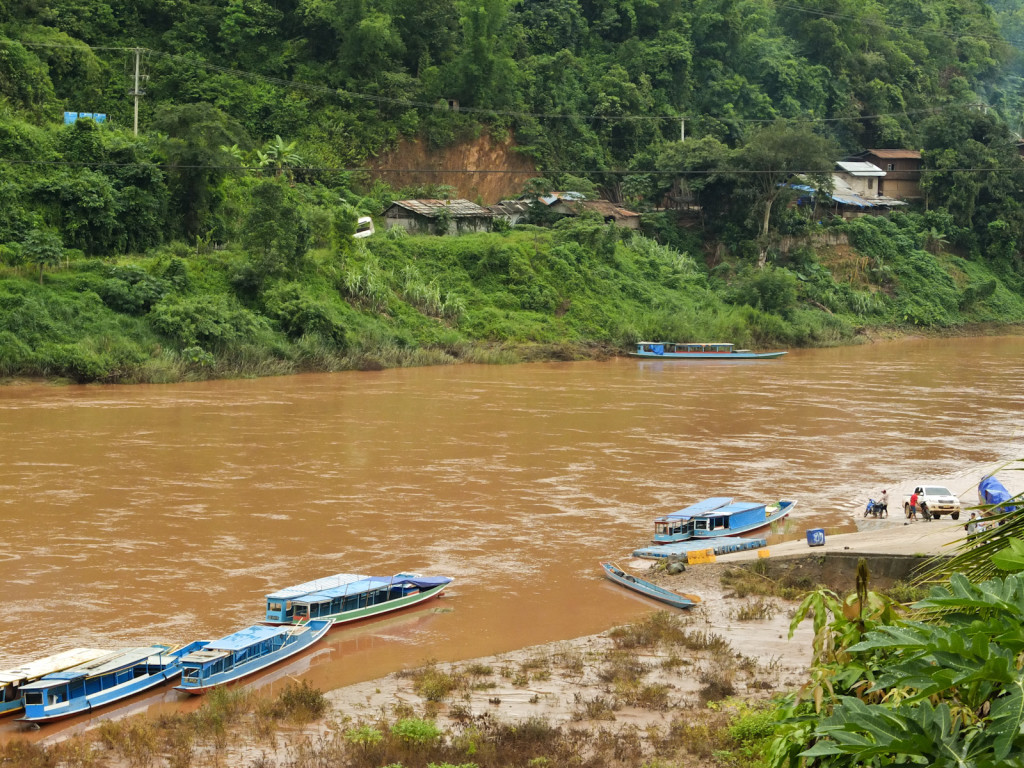
In north-east Laos (and perhaps in other parts of the country) as in ancient times a lot of transport takes place on the rivers. If you’re lucky, you can sail up the river from Muang Khua to Phongsali accompanied only by locals going to their home villages.
Phongsali. Lanetui border crossing (closed)
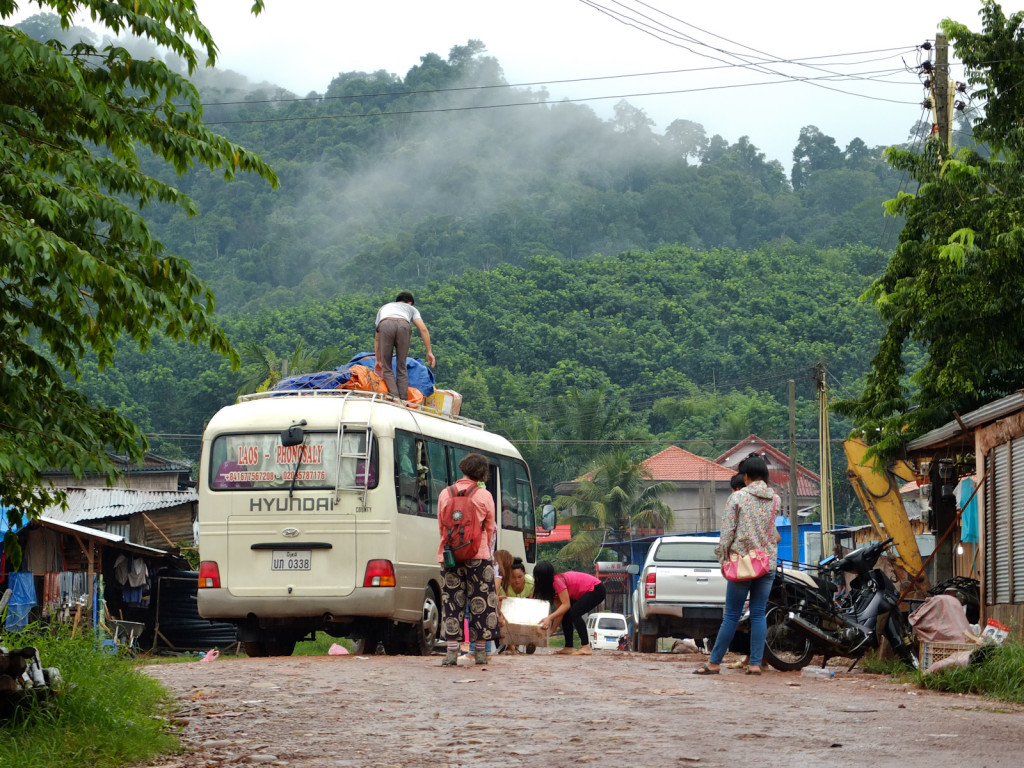
We were not lucky though and we had to discover the depressing hopelessness of Phongsali province’s bus stations.
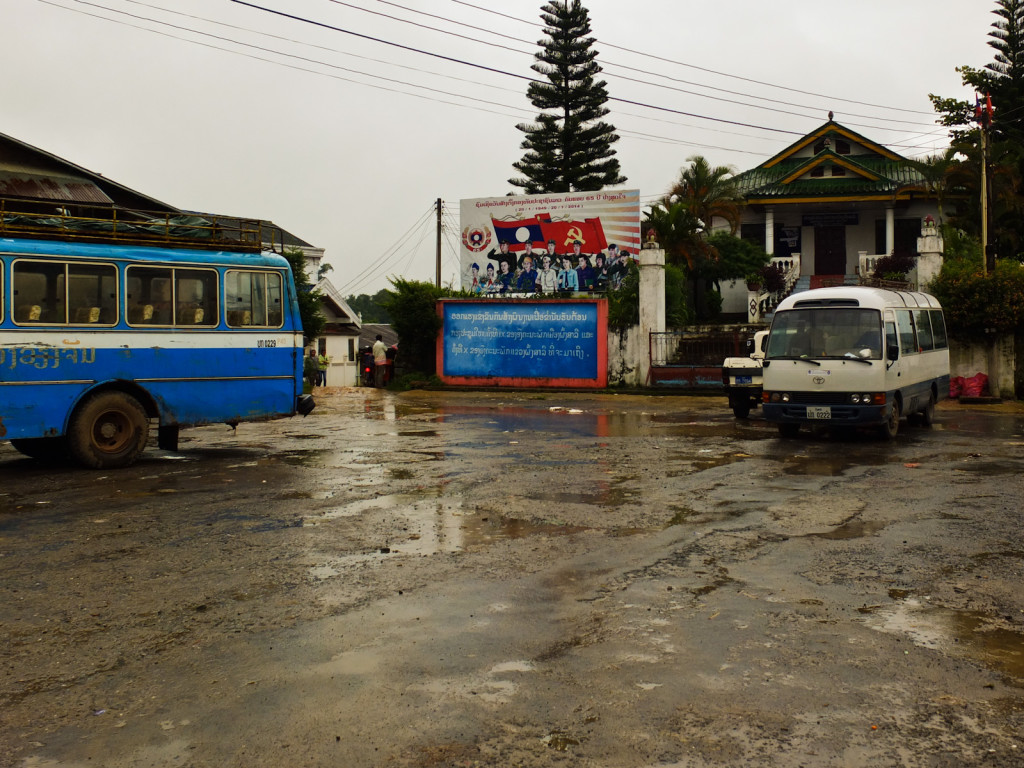
Instead of an 8-hour boat ride, we went on a 200km ride in a crammed bus, crawling through wet, potholed roads for… 2 days due to a landslide (frequent during rainy season). P.S. Hitchhiking in these parts doesn’t work. We tried many times and only once we got a 35km lift.
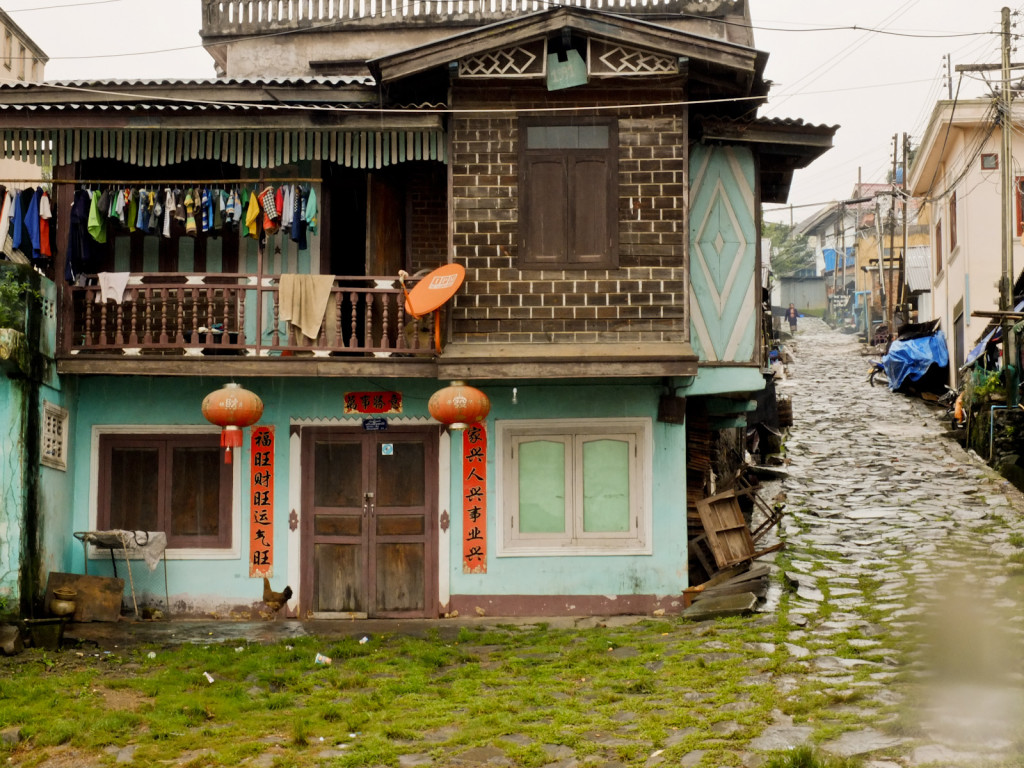
Phongsali, located over 1400m above sea level is cold (there’s an anecdote about a Phongsali official getting an electric fan as a gift at communist party’s congregation) and it has an old Chinese town – something very hard to find in China where Cultural Revolution quite successfully aimed to destroy everything that’s old.

Valuable information to learn before venturing to tribal villages. It’s great that there are organisations actually educating the ignorant tourists.

At Phongsali, we decided to head north to cross the border with China at Lantui crossing in the northern tip of Lao. We had read it should be open and they also said so in a local tourist office. The roads appeared not to be in the best condition.
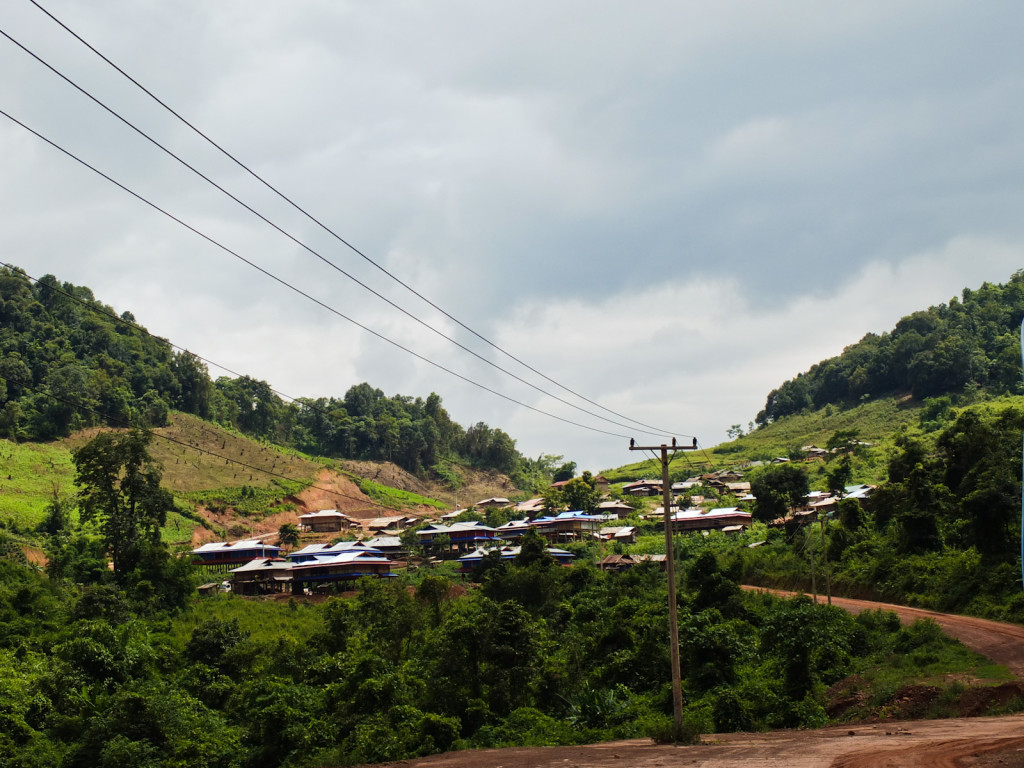
On the way we passed a lot of impressive villages of different tribes, each wearing distinct outfits.
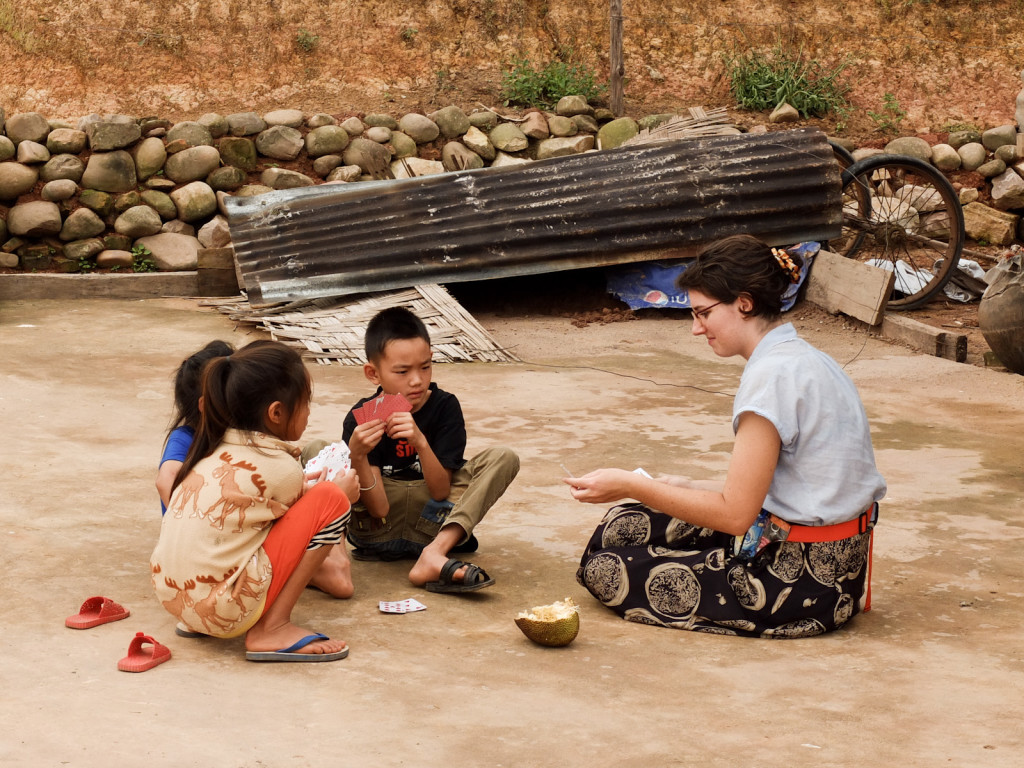
The travel demanded a lot of patience. There were very few busses, often stopping (sometimes for an hour or two), no cars to hitch…

After we got stuck in one of the villages, the only English-speaking person approached us (to the left; he had studied teaching in Vientiane, but joined the army after getting only unpaid teaching offers) and offered us to stay at his sister’s house. They were from Khmu tribe if I’m not mistaken.
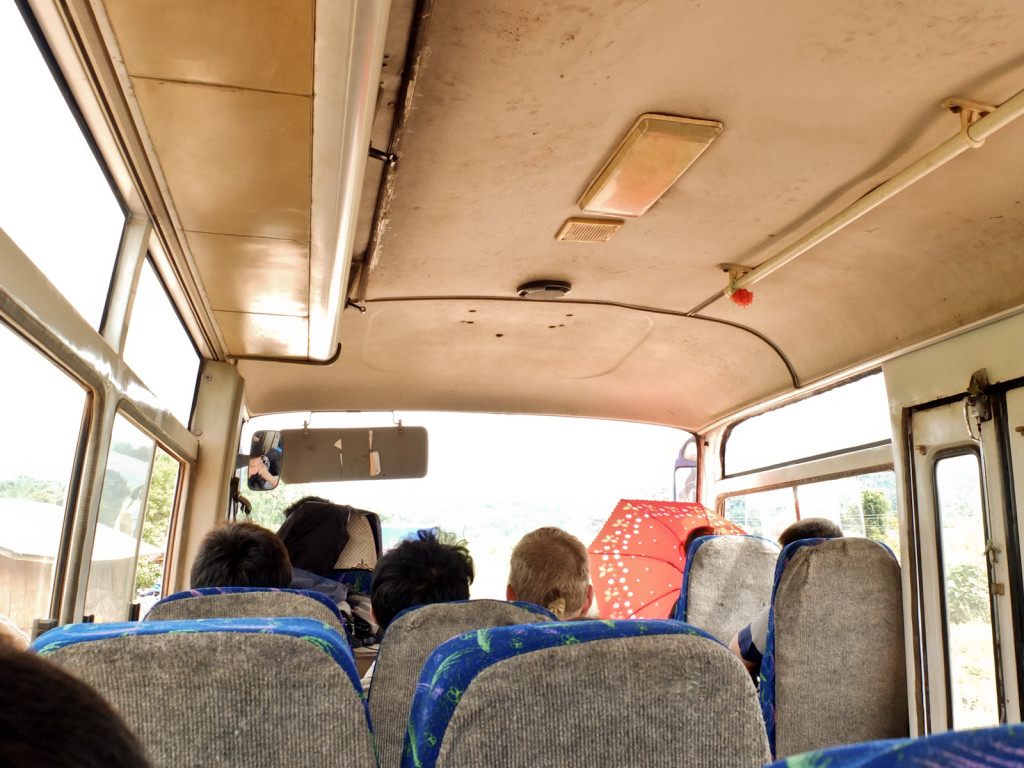
The travel from Phongsali to the border (185km) took us about 26 hours. Buses were getting bogged, the skilful drivers getting them out of every situation. Sometimes with the help of passengers – from all of them getting to the back to weigh it down, to all the women being asked out and men jumping to the rhythm while the bus was skidding sideways but upwards over precipices.
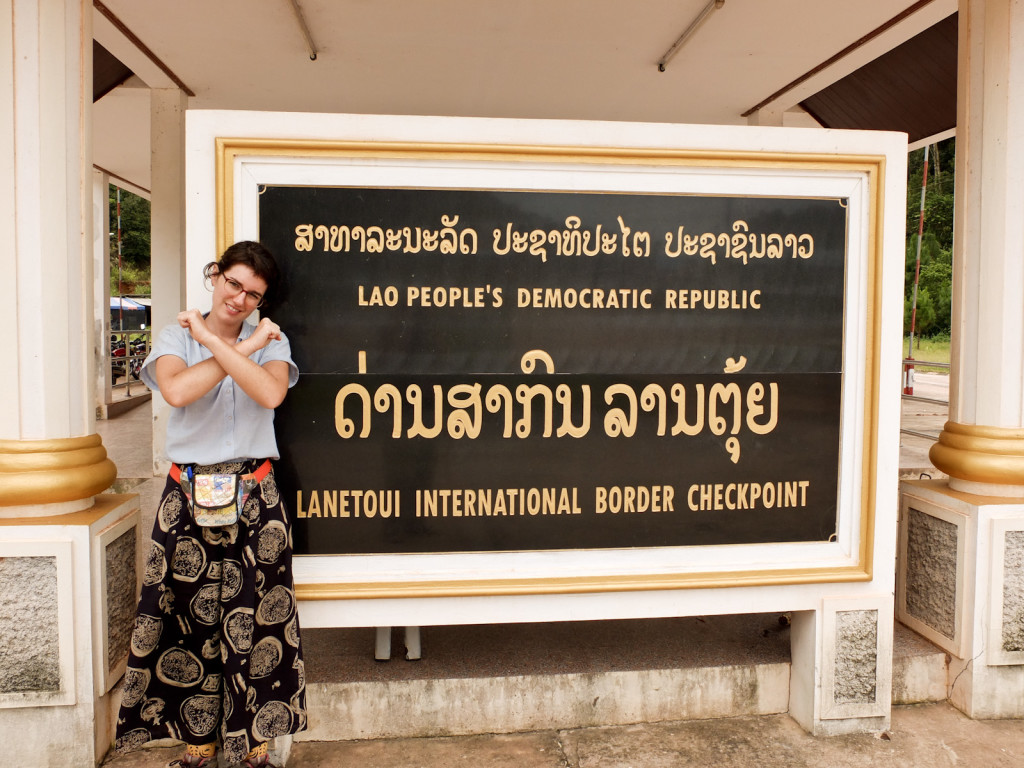
At the border we’ve heard disappointing news – as much as the Laos border guards wouldn’t mind letting foreigners through, the Chinese are not ready yet (as of July 2015). ‘Maybe next year’, they said.
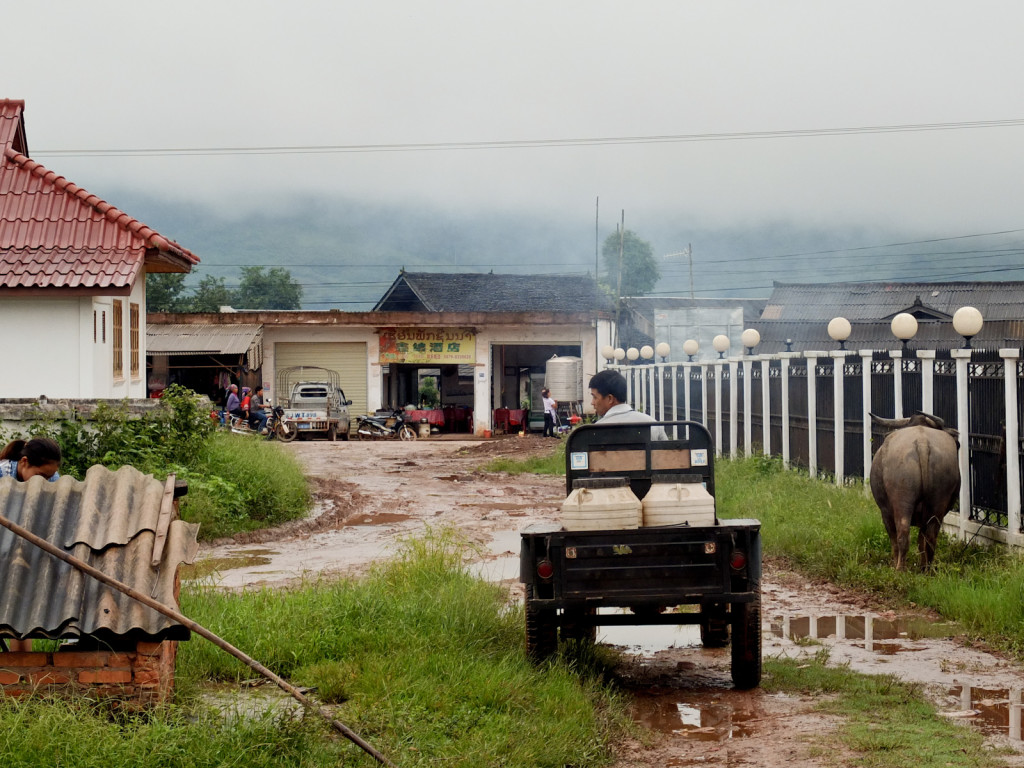
After making sure the information was genuine, we made it the 4 hours or 50 kilometres back to Ou Nuea, where we had to wait till the next day. The bus station (above) was drowning in misery, but we already knew that the whole trip to the border was worth making it anyway!
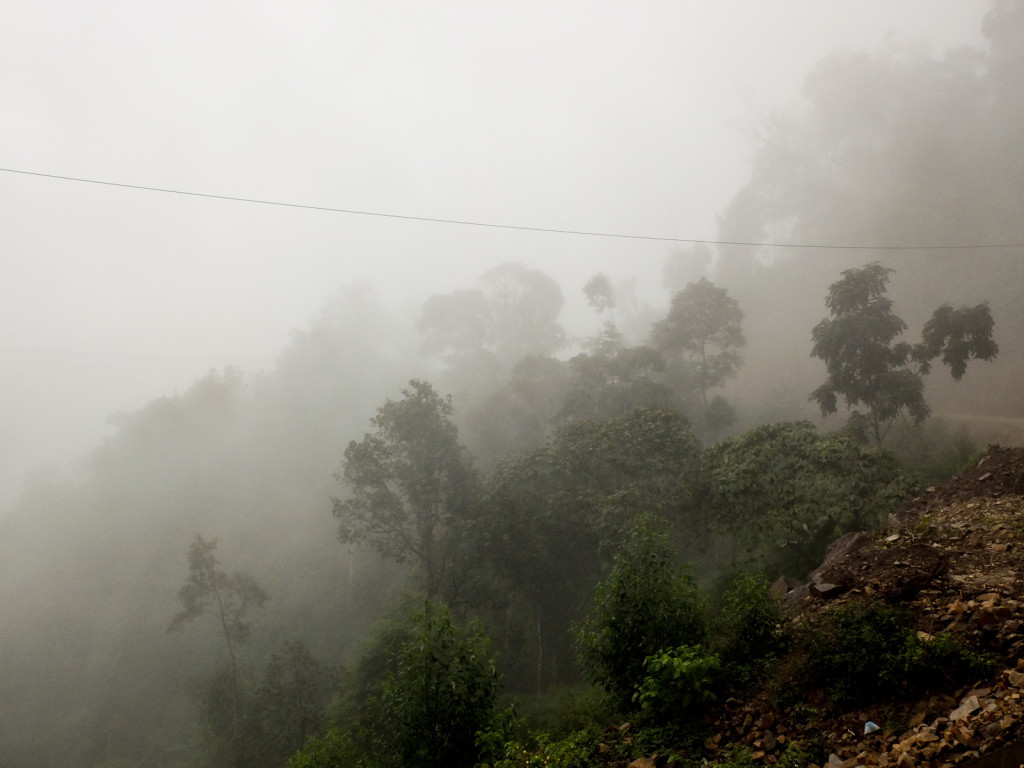
Overall, it took us over 3 days from Muang Khua to Lanetui and another 2 back to the main border crossing with China. These 5 days spent being shaken in tight, crawling buses with local people too numbed to talk or smile taught us heaps about everyday reality of the people of Laos, not mentioning it was a great adventure!

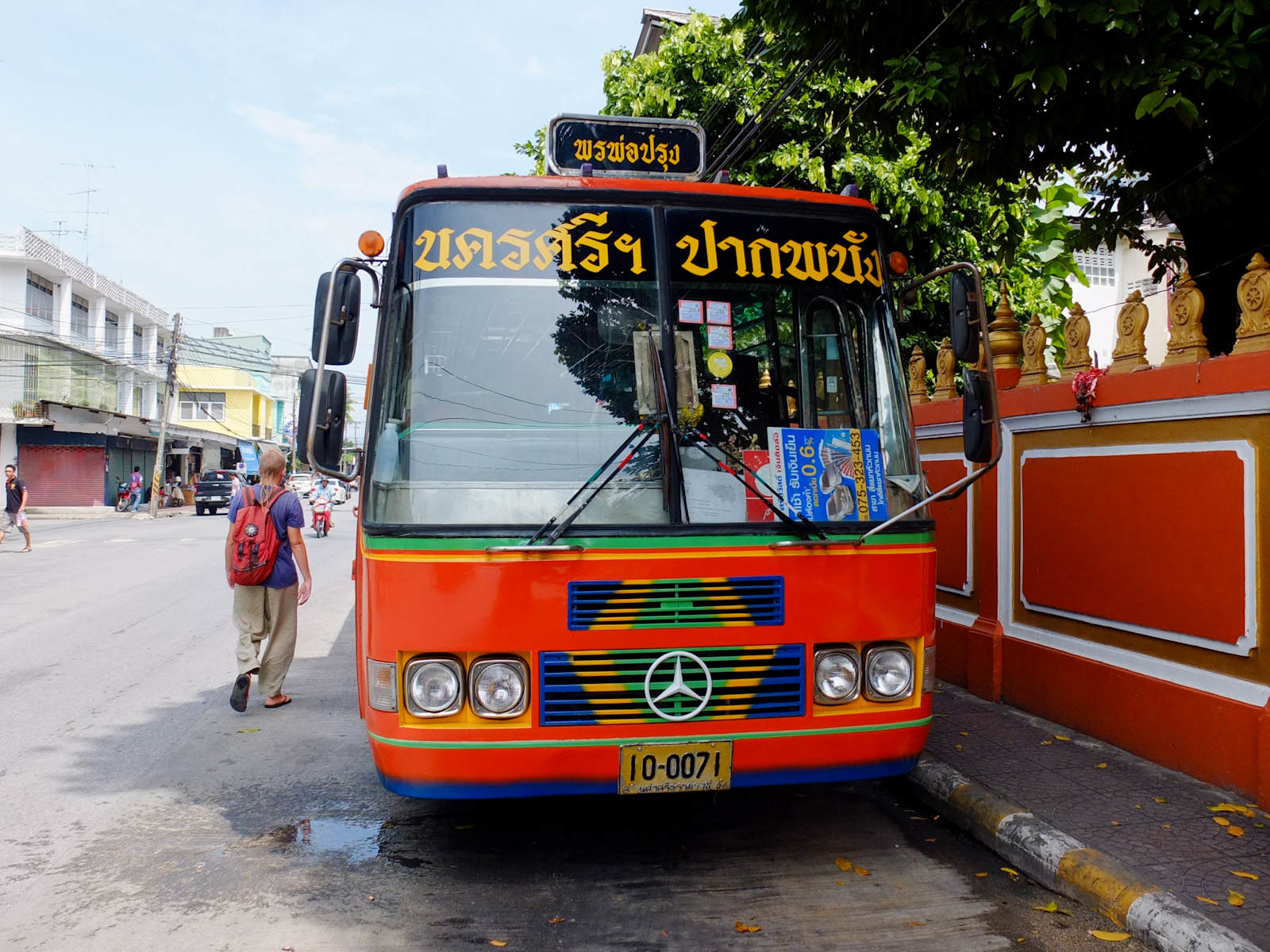
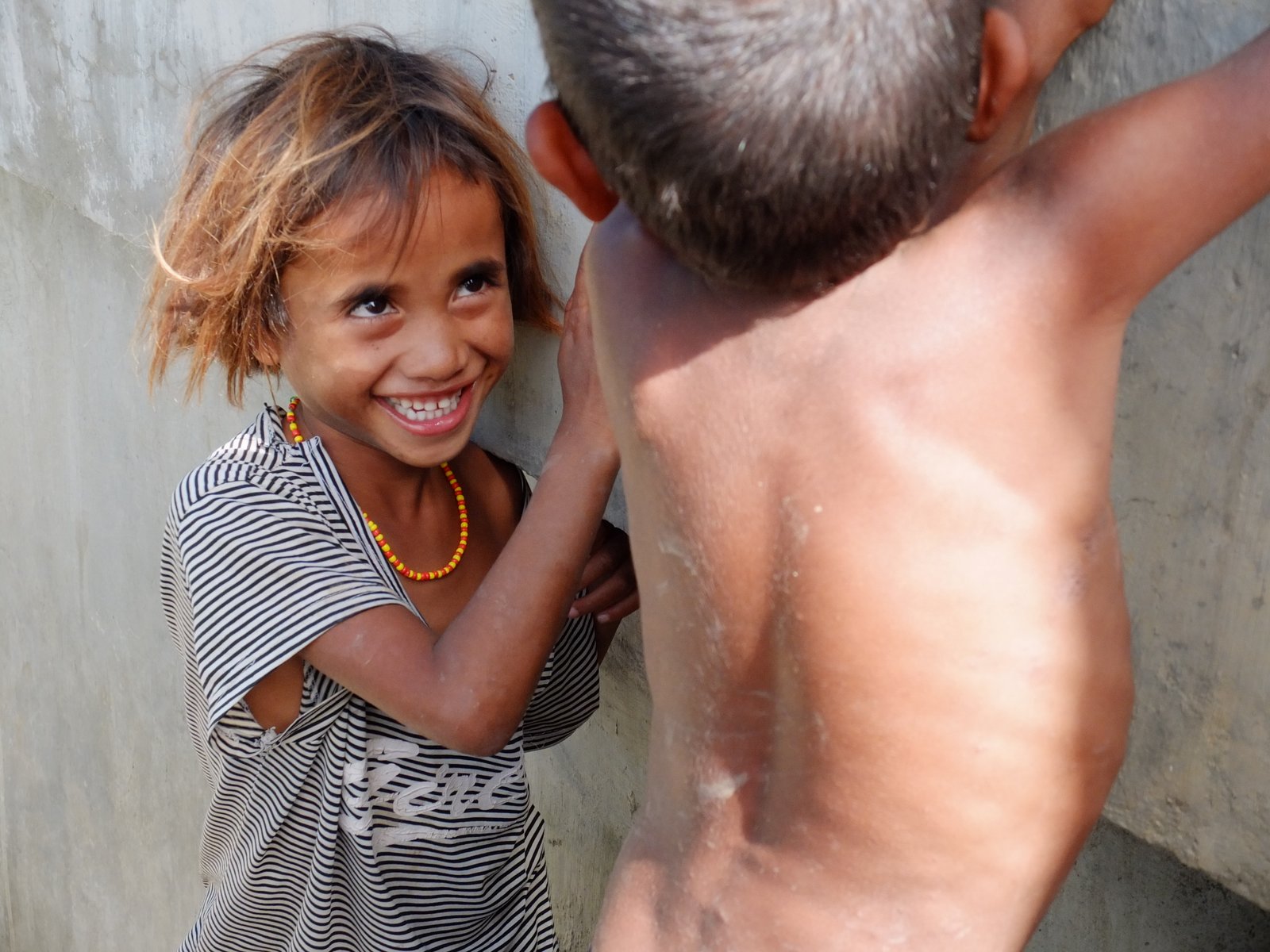
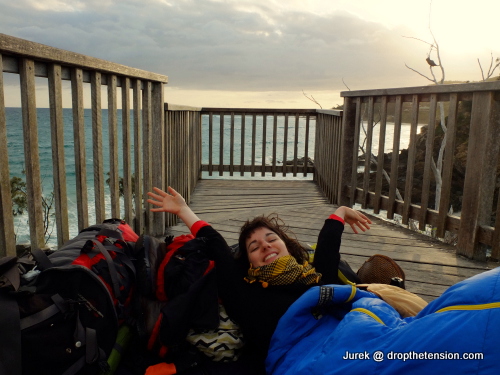

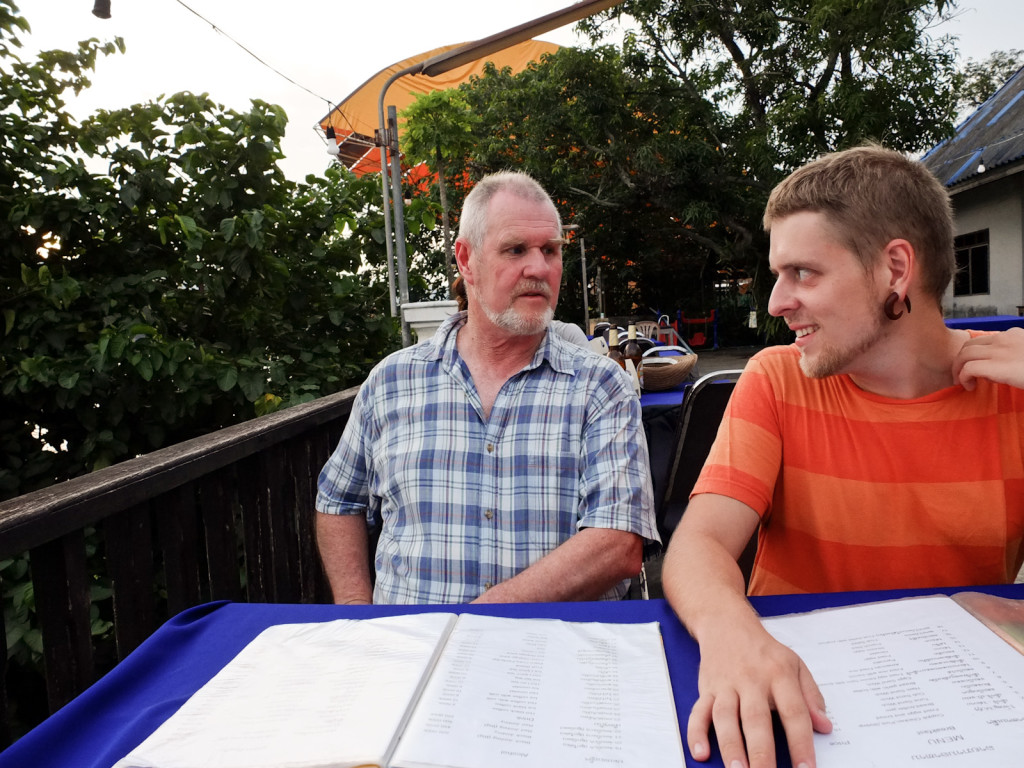
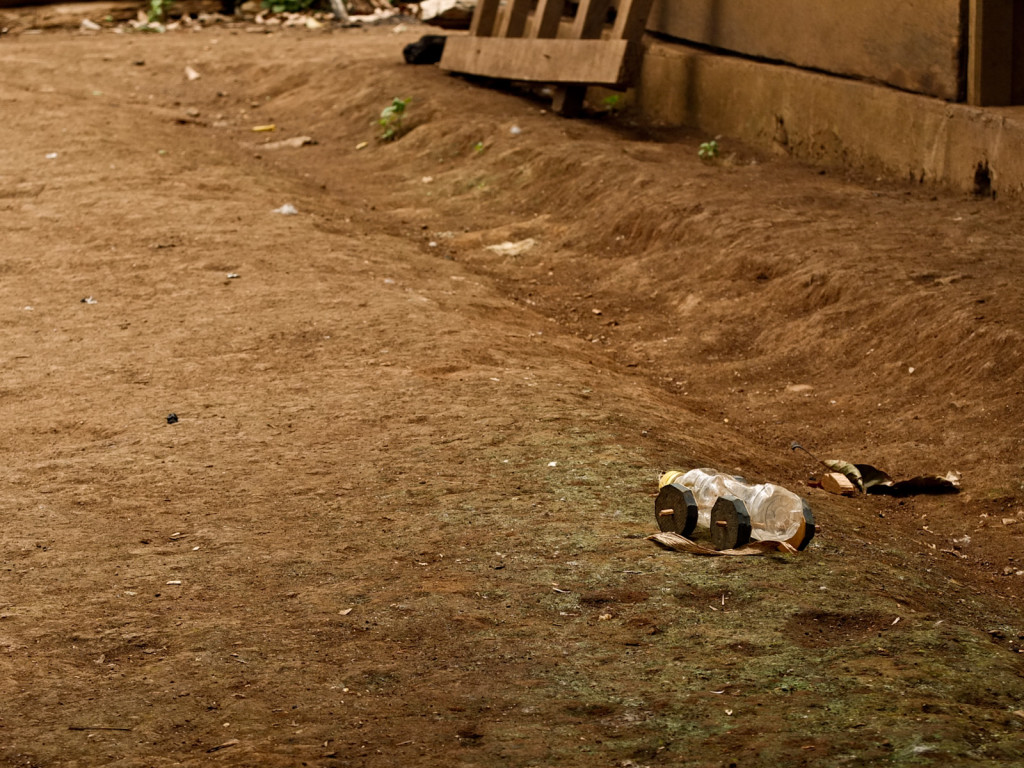
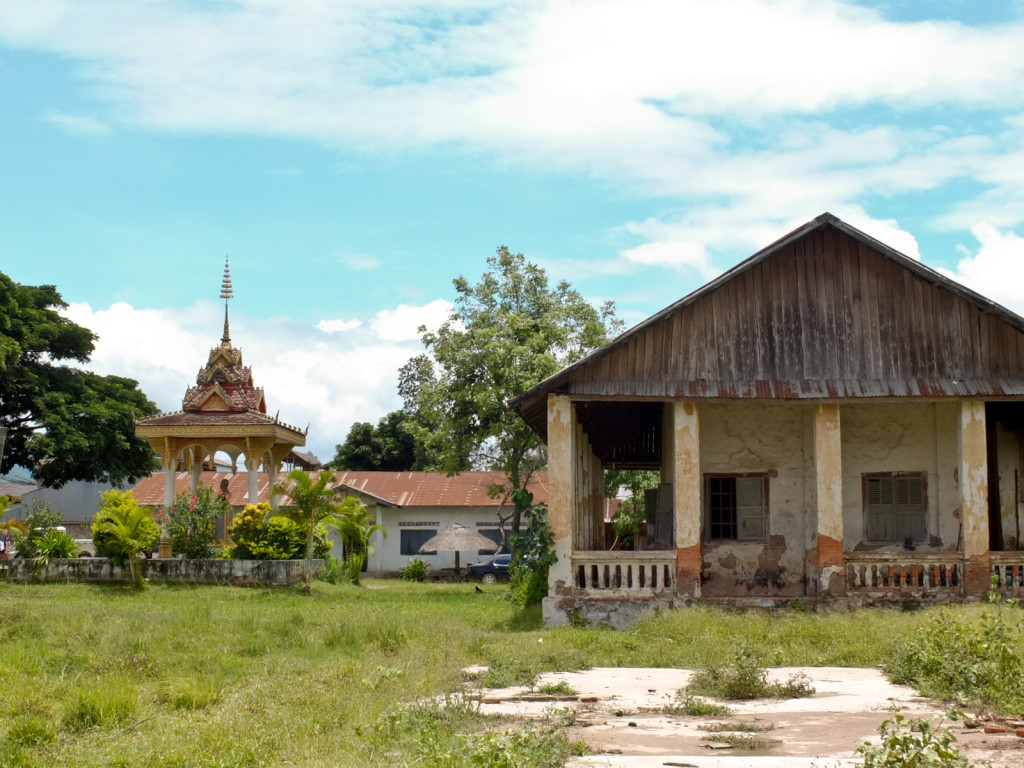
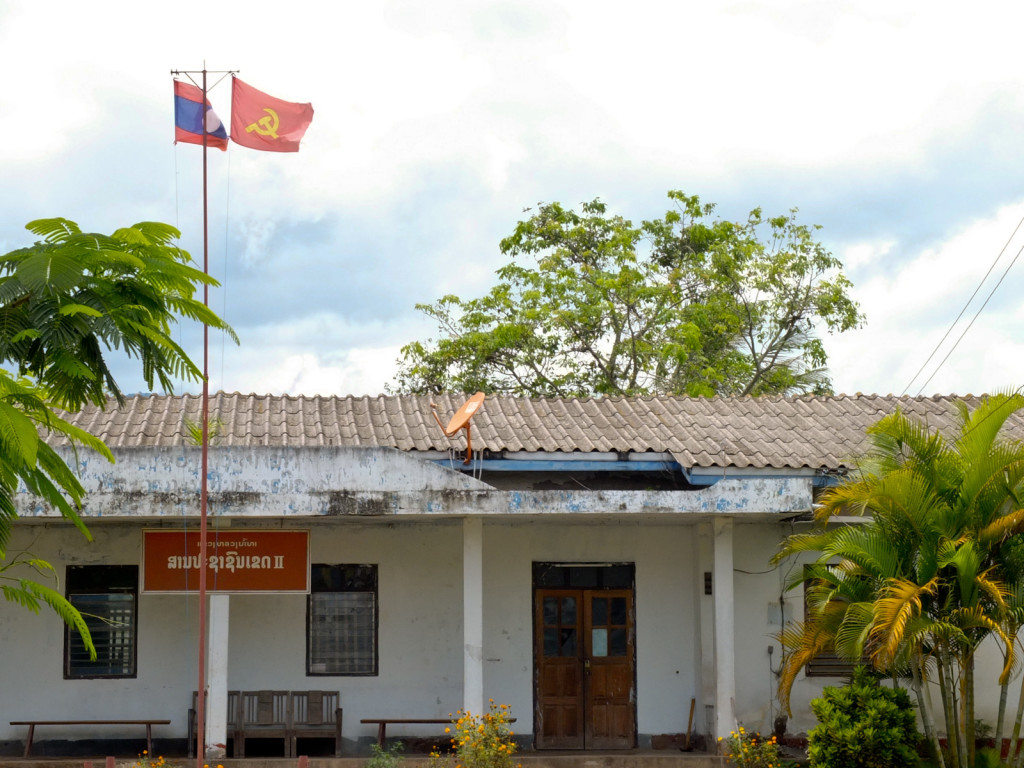

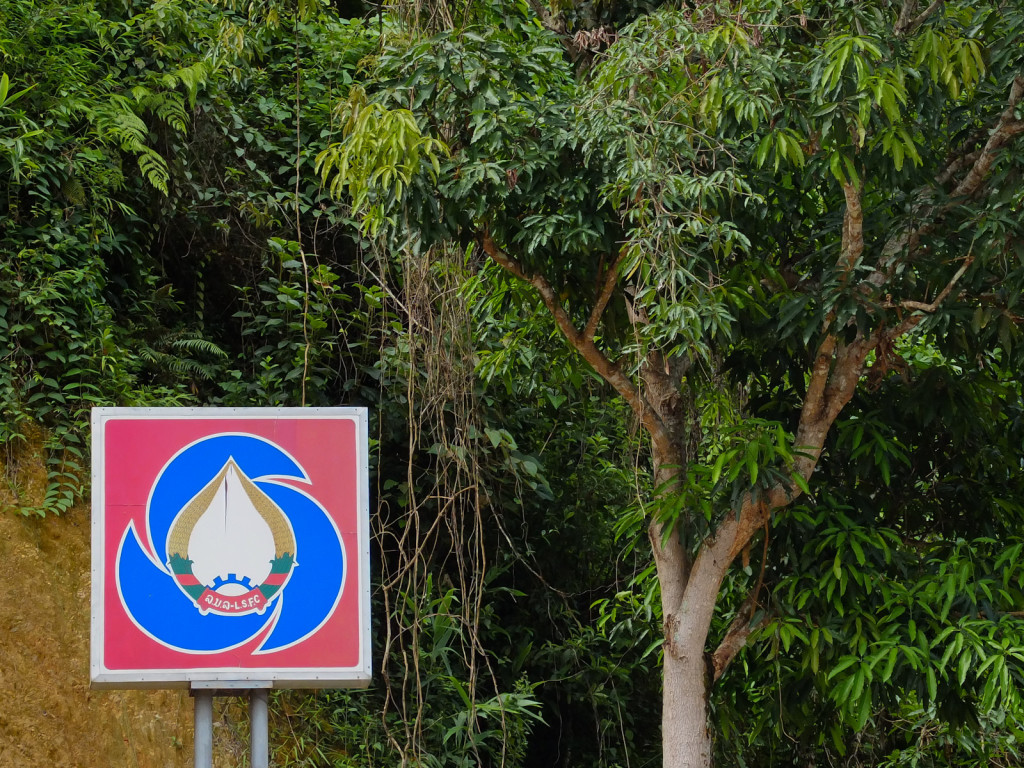
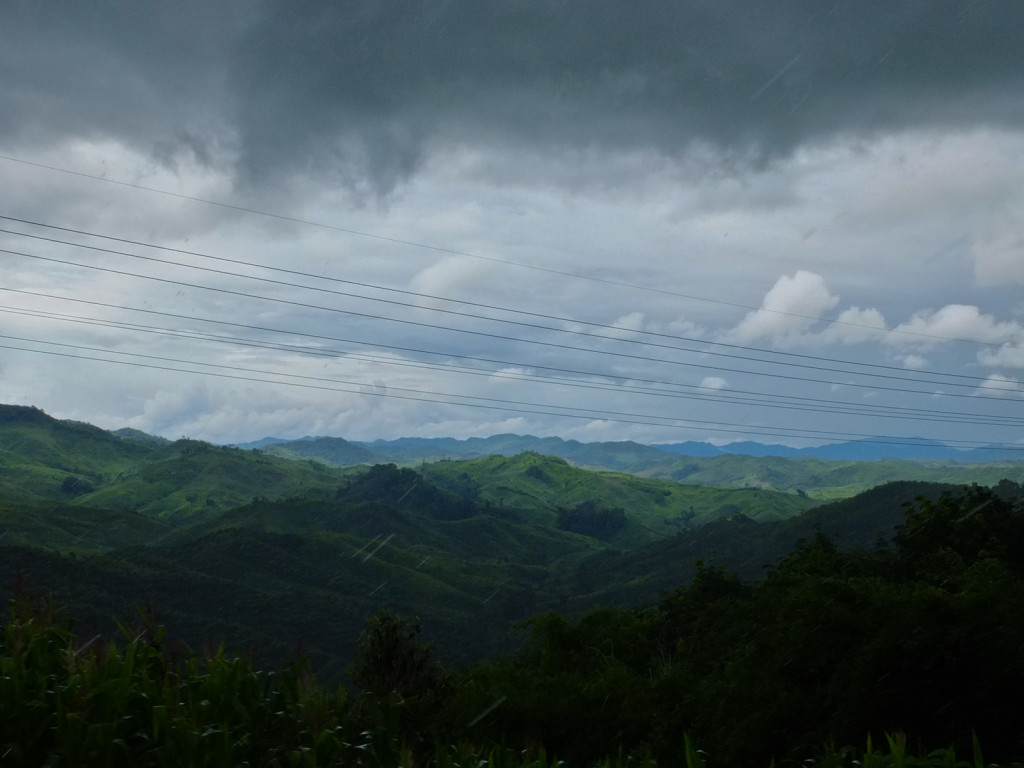
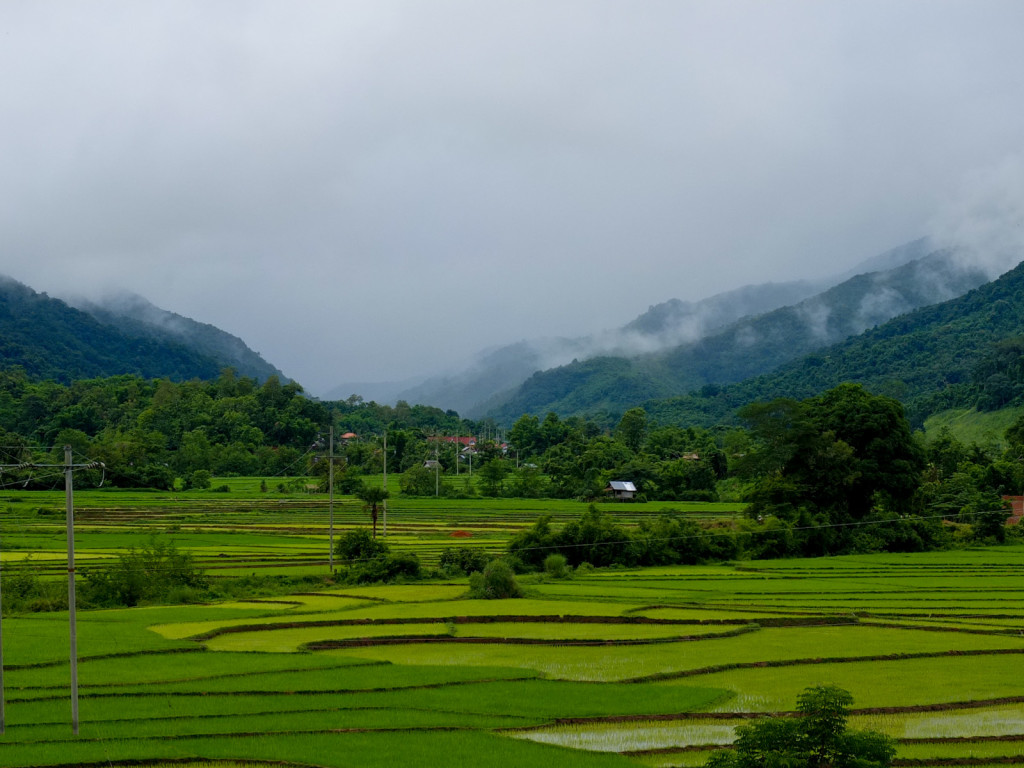

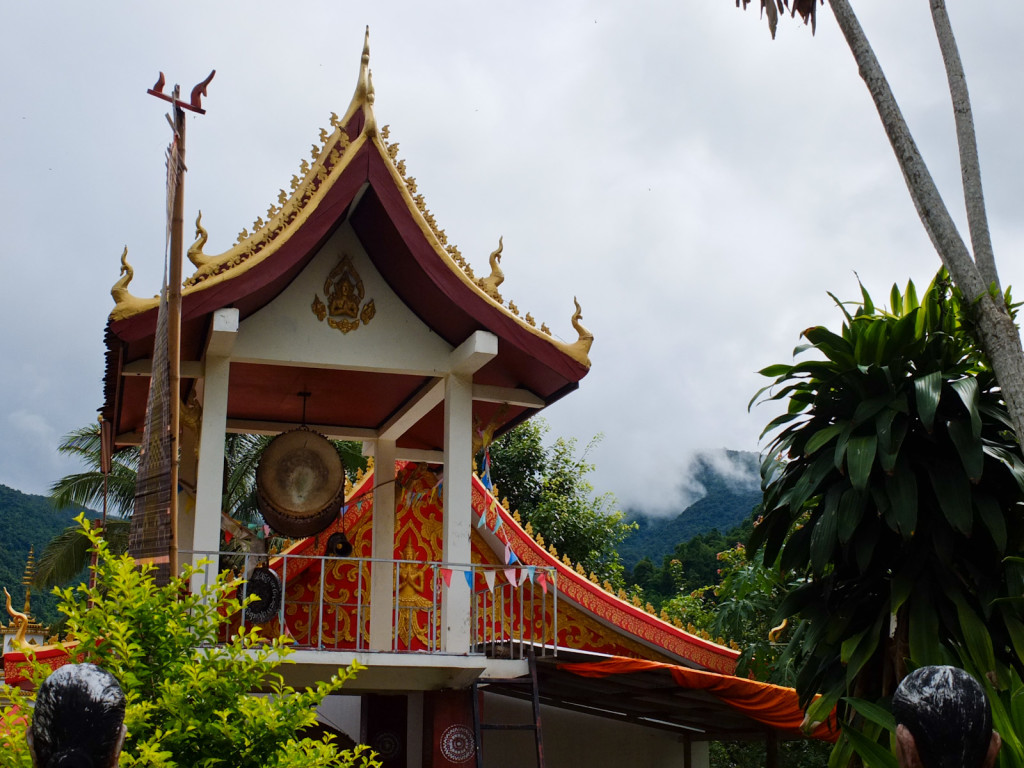
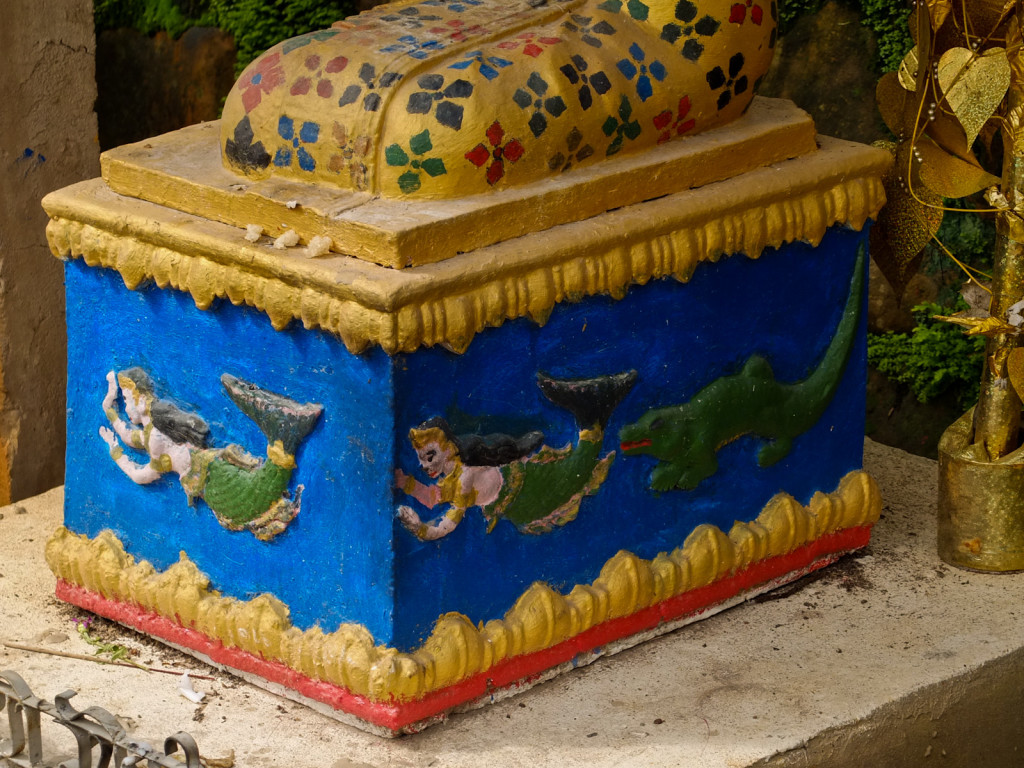

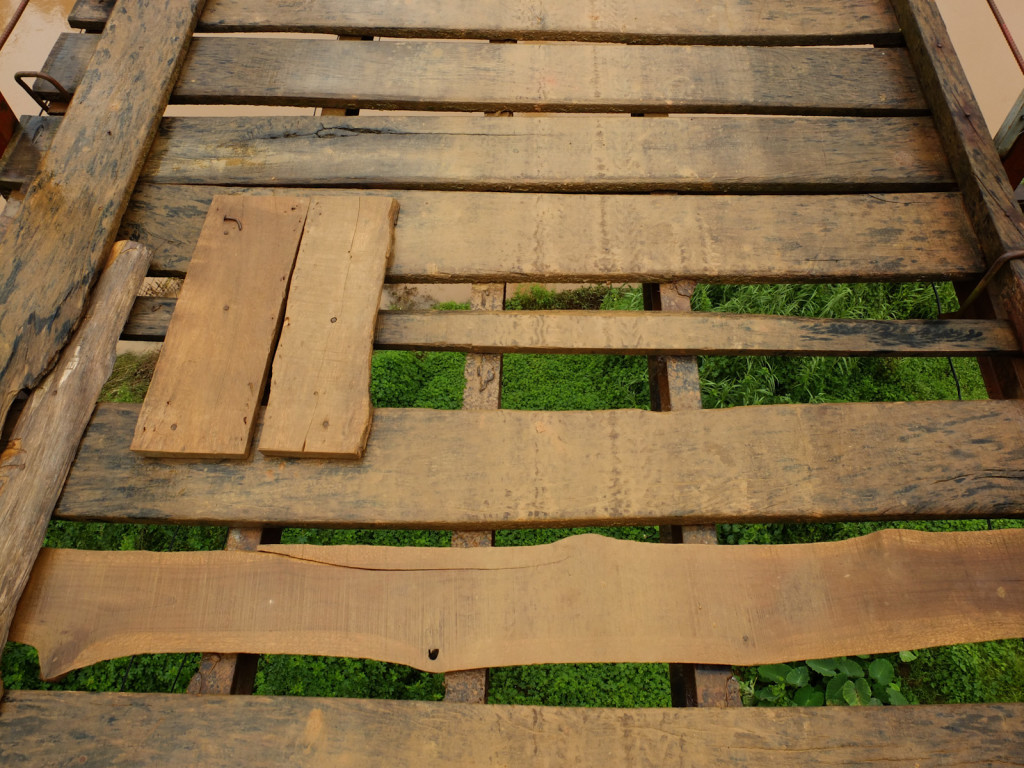
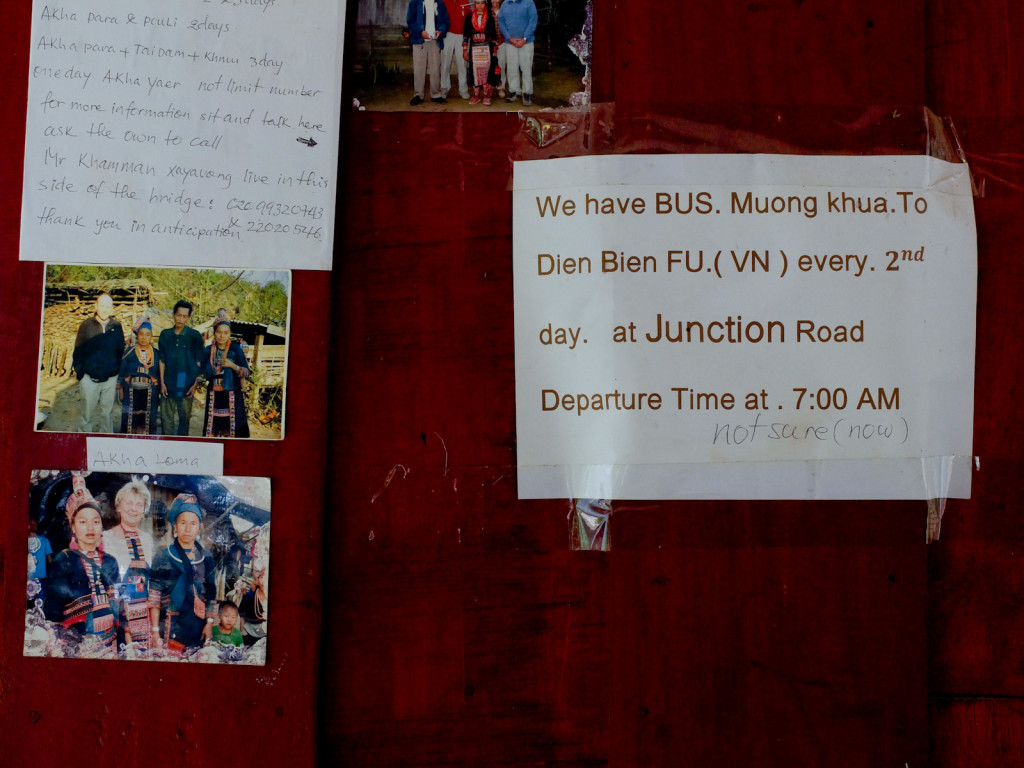
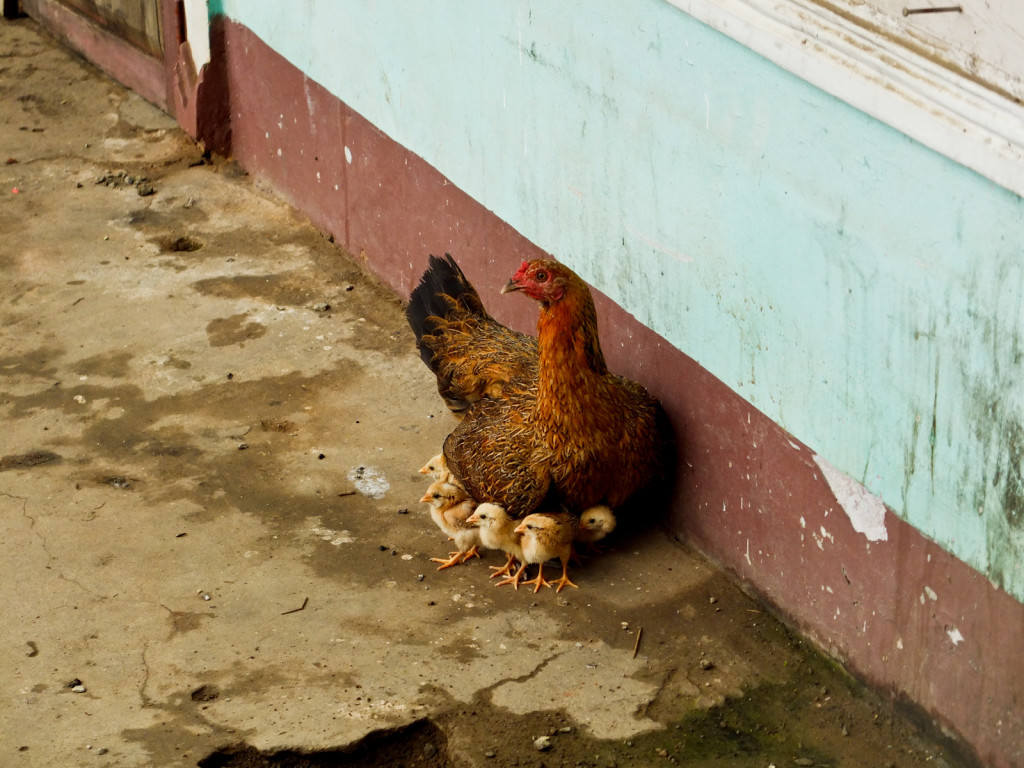
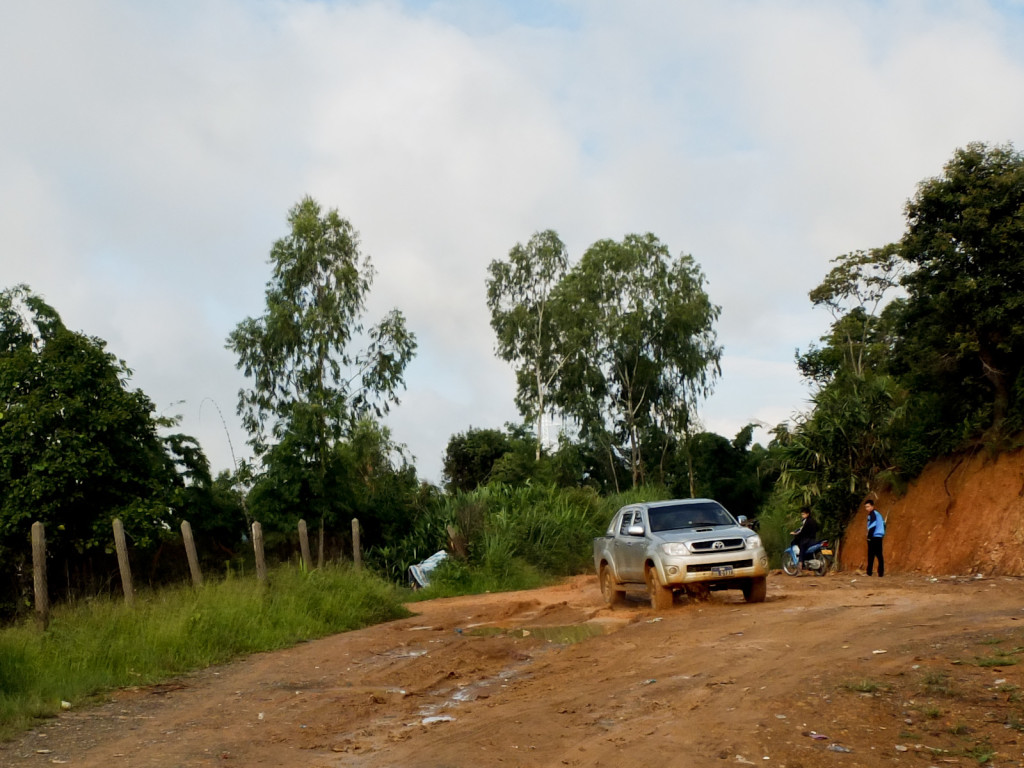

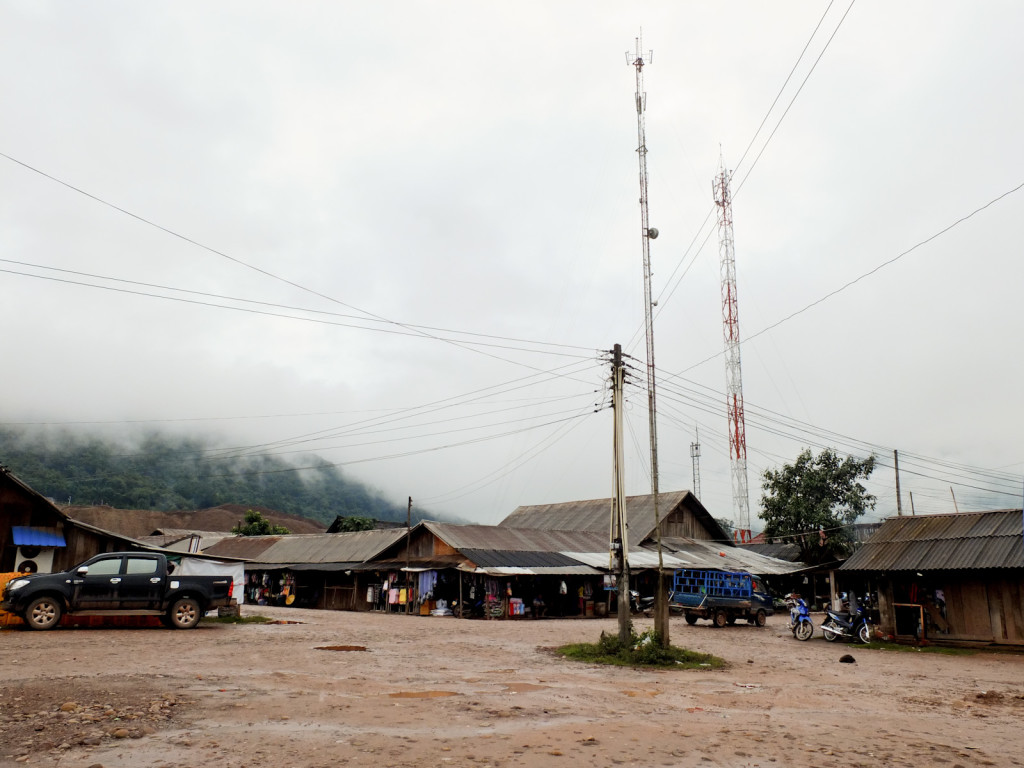
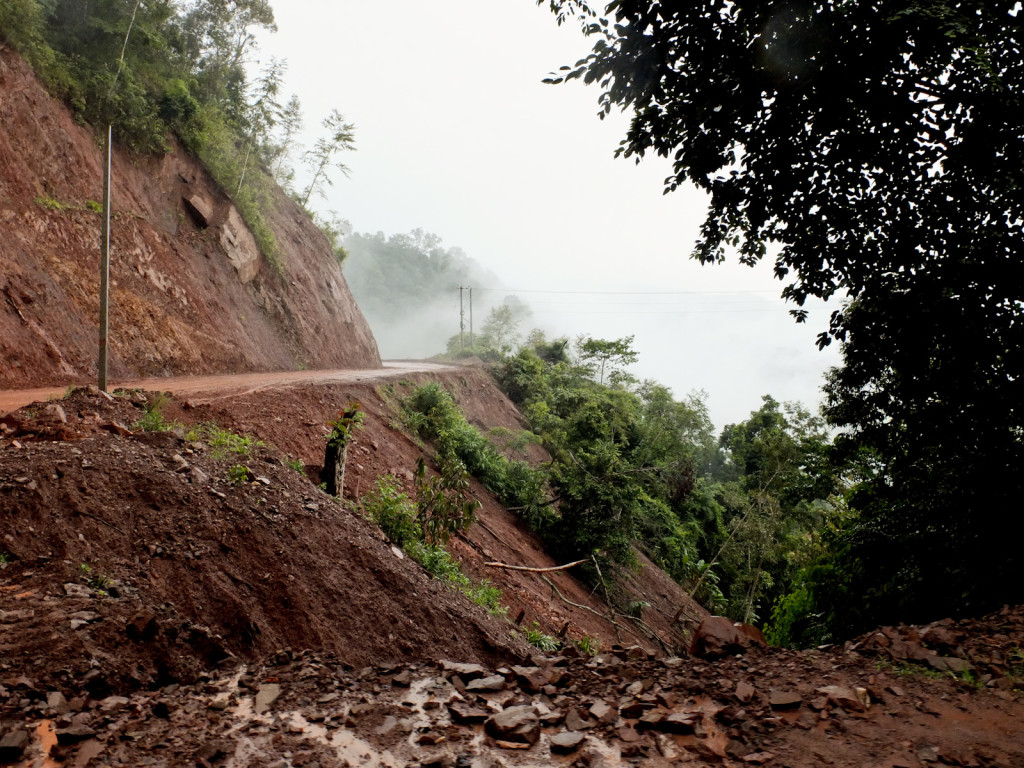
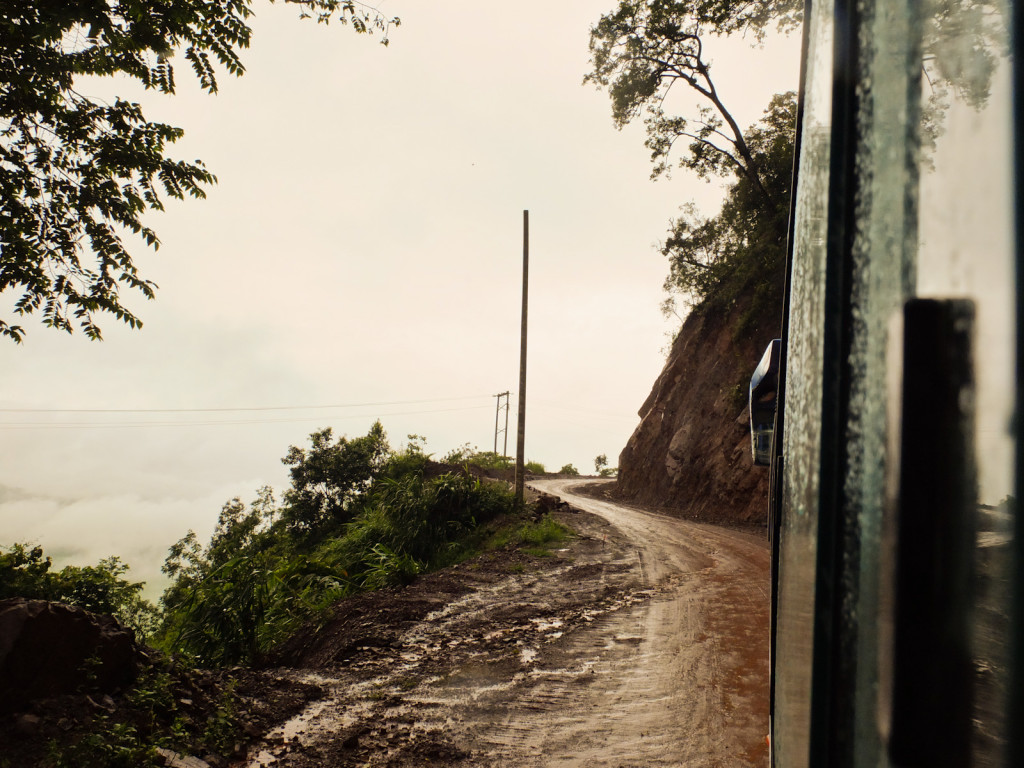
Happy Birthday my love xxx Miss you heaps. Enjoy your travels and keep smiling 🙂
Weeeeeew, beautiful story 😀
Pingback: 25 photos to make you re-think China • Drop the tension!